|
When choosing a water filter system—whether for disaster relief or rural development projects—there are a number of key factors that warrant careful consideration. For truly successful deployment, we can look to global organizations like the World Health Organization (WHO) for indicators of the specific standards to seek out. Framed by their gold-standard guidance, in this article we are going to examine exactly what you should prioritize when sourcing a water filter in SOS readiness or for your next WASH project. And why is it so vital to choose a water filter system with all the right credentials? To paint this picture, let us step into an imagined scenario for a moment; one that is not so far from the experiences of a growing number of people. The increasing impact of flooding across the globe has been on your radar for some time, but didn't touch your own life until today. A flash flood hit, and the world around you has changed in a heartbeat. You've seen roads and homes destroyed, but also witnessed first-hand the phenomenal power of human compassion as people helped each other get to safety. But now, a new challenge has arrived. You are at a crowded evacuation center, and you can see that everyone is going to need support quickly in terms of water, food, and shelter. You know that drinking water is the most pressing concern—but, there is only one pump, and the water is coming up brown. How can you ensure that everyone's needs are met? Clean Water: Our Most Essential Resource When a crisis strikes, time is of the essence. While human beings can survive for several weeks without food, their need for clean water must be met within only a few days, and preferably far less. The WHO recommends sourcing a minimum of 7.5 liters per day per person of clean and safe water in such a moment as this. But, when the water available is contaminated, all are faced with an impossible choice: to risk the dangers of dehydration, or to risk potentially life-threatening illness by consuming water that isn't fit to drink. The dedicated work of WASH specialists, program managers, and international humanitarian agencies holds the power to prevent countless people being faced with a choice like this. Because, with the right water filter system to hand, the people whose very faces you saw in that imagined evacuation center wouldn't need to take a gamble on water quality after enduring a disaster. Crucially, as the frequency of environmental crises grows, this aspect of preparedness becomes even more critical. "It's not surprising that we're seeing really large floods that are potentially unprecedented,” Beth Tellman of the analytics firm behind the Global Flood Database explained to CNN, before continuing: “This is exactly what the climate models have predicted.” And of course, flooding is only one of the disaster types that can result in a shortage of potable water. So what are the essential elements to check off when choosing an SOS water filter system? Essential and Useful Features in Water Filtration and Purification Technology If you try to picture a water filter for emergency use—one that you'd take with you to that emergency shelter—what are the key qualities that you would hope it embodied? It's a complicated question to answer because of the unpredictable nature of any disaster. However, when armed with a checklist, it becomes much easier to make a versatile choice. Here are seven questions to ask about any water filter or water purifier intended for WASH or SOS use: 1. What treatment capacity is needed? An array of water purification and filtration methods can be harnessed when disaster strikes, but each will provide different core capabilities, while the nature of the water's contamination will steer what treatment capacity is required. In a flooding scenario, local water is often contaminated with raw sewage, raising a risk of the presence of bacteria, protozoa, and viruses. Water may be turbid, making solar decontamination more difficult, or it may have been exposed to organic or inorganic chemical contaminants. Having a water test kit available as part of disaster readiness preparation can allow those tasked with treating water to better understand what steps to take to bring water quality to a safe standard and whether more than one treatment type may be necessary. Ultimately, the more comprehensive the filtration capacity, the more dynamic the effectiveness of the water filter system can be. 2. How complex is the setup? The value of simplicity is never more poignant than in a crisis. While water filtration systems such as the bio-sand filter may be effective at removing around 98 to 99% of bacteria and protozoa, its setup is time-consuming and manually demanding, and requires a diversity of materials. In contrast, an Ultrafiltration (UF) device can be stored in ready-form and used immediately, while offering effective removal of not only protozoa and bacteria but also viruses. 3. Can the water filter system be easily operated by anyone? Many systems of water filtration require a degree of expert knowledge to be used correctly. Determining the dosage when applying a chlorine or chemical coagulant water purification treatment can be challenging, while the biofilm within a bio-sand filter needs to be actively monitored. Aspects such as manual difficulty and operational complexities are vital when choosing an emergency water filtration and purification approach. Providing comprehensive and easy-to-understand instructions can help ensure that in a moment of need, the water technology can be used effectively. 4. What speed of water production is required? An effective water filter system is only as valuable as its capacity to meet the requirements of those in need. The process of improving water quality cannot be too slow or the volume that can be handled too little—there is no use in only being able to treat enough water for ten people when 100 are thirsty. Traditional approaches to improving water quality such as ceramic filtration or the three-pot method require hours or even days to complete. In contrast, activated carbon water treatments require only 10-12 minutes to be effective, while Ultrafiltration devices can be used to process hundreds of liters of water per hour. 5. What are the portability factors in play?
In the midst of a natural or man-made disaster, it may become necessary to take the water filter system to wherever it is needed most with limited transport options available. Compact, lightweight water filtration options allow responders to solve water quality challenges quickly within extreme settings. These can include chlorine, activated carbon, and chemical coagulant treatments that can be added to water containers on the move; or contemporary Ultrafiltration devices that weigh very little, making them ideal to carry on the shoulder. 6. Does this technology offer the longevity you need? In remote locations, resupplying water purification resources or repairing water filtration devices can be tricky. At the same time, an investment in the resources required to react when disaster strikes is rarely made lightly—making storage life, longevity, and robustness essential considerations. This makes quality construction, minimal resupply requirements, and easy storage all equally high-value qualities to look for in your chosen water filtration technology. 7. What operational requirements need to be catered to? In the midst of an SOS scenario, electricity supplies can fail, often leaving those who require clean water isolated with minimal resources. This makes water treatment systems that rely on electrical connection such as reverse osmosis purifiers redundant. In contrast, favoring systems that can be operated manually or utilize solar/thermal energy ensures that the equipment and treatments available will serve when they are needed most. A Comprehensive Approach When Choosing a Water Filter for Emergencies We understand how vital it is to approach disaster preparedness with dynamism when it comes to delivering in-the-moment water quality solutions. This urgent need is what propelled us in the development of the ROAMfilter™ Plus, an Ultrafiltration device that weighs only 2.5kg and holds the power to filter over 200 liters per hour in manual operation and up to 400 liters per hour with gravity feed or electric flow. We are dedicated to delivering on each of these critical factors:
Tested to the WHO's exacting standards and trusted by WASH specialists around the globe, the ROAMfilter™ Plus is designed to provide communities with safe and clean water in minutes, whenever the need arises. To learn more about this product and how we can comprehensively support your SOS planning efforts, schedule your free consultation with our team today. Free Resource Available: Download the 7-Question Checklist For Choosing An Emergency Water Filter here.
18 Comments
This year we would like to focus on groundwater; water that is not always clearly visible but very vital to our daily lives. What is groundwater Groundwater is water found underground in aquifers, present beneath the earth's surface in rocks, formation, and social pore spaces. It is recharged mainly from rain and snowfall through ground infiltration and may be discharged from the surface naturally at springs and seeps, oases, or wetlands. Manually, groundwater can be extracted to the surface by pumps and wells too which made groundwater an important source, especially to rural human lives. What is the issue revolving around groundwater? The issue is that when the rate of abstraction of groundwater from aquifers is greater than the rate of it recharged by rain or snow, the supply of groundwater can be seriously depleted. Primarily, it is difficult to know how much groundwater lies beneath our feet, leading to failure in managing these vital resources which could lead to severe impacts on subsistence and the sustainability of our environment.
Groundwater is one of the main sources for the rural population, having more than 90 % of the rural population could not have easy access to water from water treatment plants in major cities. Also, groundwater plays an important role in both the water cycle and as a source for areas that do not have access to other sources of freshwater. A good example of such areas includes those that are experiencing droughts. important resource, there is a lack of awareness and commitment to protecting it. With a quickly depleting supply and little understanding of the availability of accessible groundwater sources, we could be heading towards a worrisome and uncertain future. So, what happens if our groundwater is depleted? If our groundwater is depleted, it will lead to;
Understanding the problem is the very first step which is why we hope that you could share this article to raise awareness amongst your community. Interested in what we do? You can also check out some of our groundwater projects at our impact page with indigenous groups all around the world!
How many drops of water make a full glass? Water is an integral component of human life and we need it for life, health, and survival. Over 884 million people worldwide don't have access to clean and safe drinking water, and 2.6 billion people worldwide practice improper sanitation. Adequate water consumption without wastage is critical for people worldwide because the lack of sufficient water during emergencies can take a massive toll on their lives and reduce their chances of survival. That's why supplying appropriate potable and non-potable water is of utmost importance. People consuming contaminated water are more prone to experiencing acute and chronic health conditions, especially after an emergency. A Water, Sanitation, and Hygiene (WASH) response is therefore crucial during emergencies to reduce the risk of mortality and morbidity. An accurate response protects people, increases their survival chances, and improves their life quality. We know that water is important. Now the question is: How much water is needed? Today's article will answer this question by giving you essential details. Read on! Even this still may not be enough water for their family today Non-Emergency Guidelines According to the World Health Organization (WHO) and the United Nations (UN), it is essential to focus on a continuous water supply for everyone during non-emergency situations. The purpose is to supply enough water for personal and domestic uses. These include drinking, washing, sanitation, cooking, hygiene, and household cleaning. The WHO reports that a person needs 50 to 100 liters of water daily to meet their personal needs and maintain optimal health. For instance, drinking water must not contain microbes, such as bacteria and viruses. Likewise, it must not have radiological hazards and chemical substances that increase the risk of health complications. Potable Water Potable water is safe for consumption and is mostly used for hydration, but it can also be used for washing, cooking, and hygiene purposes. Hydration According to the WHO and UNHCR, everyone must maintain an adequate hydration during non-emergencies and emergencies. The minimum quantity of water to maintain hydration has remained elusive for years because it depends on various factors, such as food consumption, traditions, societal norms, activity levels, and climate conditions. Therefore the WHO recommends that organizations develop context and evidence-based informed policies to ensure professional practices. For example, the minimum amount of water needed for hydration, including drinking and food, is 3.2 liters per day for adults in regions with temperate weather conditions. Drinking clean water is especially important for children
According to USDA, an average of 7 liters of water is needed for cooking food and 4.2 liters for tea and coffee preparation. Your neighbour might need 0.35 liters of water per day to cook 170 grams of rice, but not everyone cooks their rice the same way! Hygiene Water is essential to maintaining our personal and domestic hygiene and health. We use water for our laundry, for handwashing, and bathing. There is a need for more research to measure or calculate the minimum, average, and maximum quantities of water required for personal hygiene. However, the existing evidence suggests that a person needs 20 liters of water per day to meet their basic hygiene needs, including handwashing and face washing. Don’t forget to apply the soap!
They must not use them for drinking and cooking because they contain microbes, including bacteria and viruses, which can deteriorate their health. How much non-potable water is needed depends very much on an individual or household’s lifestyle. Emergency Guidelines The importance of water increases during emergencies because it is a matter of life and death. These guidelines are important for humanitarian agencies and governments that provide relief assistance. Adhering to these guidelines help victims survive after they’ve been temporarily displaced due to a flood, earthquake or other natural disaster or emergency. The water situation gets worse in a disaster According to the UN, a person needs 15 liters of water daily during an emergency. So this includes 2.5-3 liters for drinking, 2-6 liters for hygiene, and 3-6 liters for cooking. Remember, water quantity for hygiene and cooking depends on cultural norms, societal values, and traditions.
Simplified planning considerations For governments and humanitarian organizations, planning a water intervention based on needs can be simplified by just considering the number of users per well or handpump. This is a critical indicator to consider during an emergency or disaster situation. According to the UN, no more than 250 people should be using a tap, and no more than 500 people should be using a hand pump. Since time is of the essence in an emergency, the flow rate of the water supply has to be taken into account as well. A minimum of 1.8L/h per person has to be generated by any water supply for a successful relief operation. The SPHERE standards recommend that the maximum distance from a water point should be 500m and the maximum waiting time to collect water is 15 minutes. High demand and short supply means long waiting times for the vulnerable On top of the daily individual survival requirements, there are also various community centres such as schools, clinics, and public toilets which require water during an emergency to sustain their essential operations. We’ve listed them out in the table below.
Water for Non-Domestic Use During Emergency Source: World Health Organization (WHO) Post-Emergency Guidelines for Refugee camps There are certain scenarios when emergency recovery becomes long-drawn, and turns into a refugee crisis. The refugees may not be experiencing an emergency, but they are a vulnerable group with reduced access to a sustainable supply of water. Life doesn’t get much easier even after the immediate emergency The minimum water allocation in post-emergency is 20 liters per person daily. The post-emergency standard by UNHCR is only for personal and domestic needs. However, organizations can consider more water for livestock and agricultural activities. In addition to the daily supply, schools, hospitals, clinics, therapeutic feeding programs also need water for food preparation and basic hygiene.
Water quantity calculations for a post-emergency scenario can be simplified with these guidelines as well:
Are you able to meet the minimum water quantity requirements? It cannot be stated enough that water is essential for daily life, whether in an emergency or non-emergency scenario. The water needs of each individual varies, and the requirements also vary according to the situation, but we know that safe drinking water is always important. While we’ve written about the water quantity requirements in this blog, there is also a great need to understand water quality, which we’ve also written about here. The biggest challenge that most people and organizations face is in meeting the drinking water quality AND quantity requirement, especially in an emergency. And that is why we set up Wateroam, to provide honest water solutions for a better world. If you need any help in planning a water intervention for an emergency, a refugee crisis, or a long-term sustainable development project, we are here for you! Regardless of the scale of your project or budget requirements, we have something for you. To learn more, contact us or book a free consultation, especially if you are a humanitarian or missions agency. Blog Author: Jaron Lim
In Singapore, we're now counting the numbers of more than one outbreak. As we strive to bring the coronavirus caseload under control, cases of dengue fever have increased significantly in recent weeks. As lock-down eases, we have to be more cautious outside than ever before, as the National Environmental Agency (NEA) expects this to be the worst dengue outbreak in Singapore’s history, believing it will exceed the 2013 record high of over 22,000 cases. The aedes mosquito, responsible for dengue, breeds in stagnant water, making dengue a water-related disease, and more specifically a vector-borne disease. In addition to water's importance for life and growth, when unclean, it has the potential to cause serious threats to daily living. There are a plethora of water-related diseases that are a danger to quality of life around the world. To best examine these diseases, we begin by understanding the 4 categories of water-related diseases.
WATER- BORNE DISEASES We begin with Water-borne diseases, infections that are spread through the consumption of contaminated water. The table below briefly summarizes the key points of the diseases. If you would like to know more, check out our slideshow below!
WATER-WASH DISEASES The next type of diseases we will explore is Water-Wash diseases. Sometimes referred to as water-scarce diseases, these diseases are the result of a lack water to help individuals maintain good standards of personal hygiene.
VECTOR-BORNE DISEASES The next category of water-related diseases are vector-borne diseases. These diseases depend on other organisms that specifically require water as a medium to reproduce.
WATER-BASED DISEASES The final category we will highlight one water-based disease, although there are more. These diseases are spread by the consumption of various uncooked or raw marine invertebrate.
CONCLUSION
Did you notice a common factor between these water-related diseases? Nearly all result from drinking contaminated water, producing the common symptom of diarrhea. Diarrhea, in countries with improper sanitation, can easily contaminate further water sources, thus encouraging this vicious cycle. The importance of clean drinking water cannot be further emphasized, especially in such unprecedented times. We are offering a discount for the ROAMfilter Plus that provides access to clean drinking water for up to two years. If you know of a community or anyone in need of clean water, please fill out the contact form or visit the online store here. Blog Author: Juliano Prastyo Chief Editor: Michelle Falcone Here at Wateroam, water quality is most important! We believe everyone deserves clean and safe water – which means you absolutely need to know what’s in your water before drinking it. This is especially important if you live or work in a location where the water isn’t filtered and/or treated. Depending on your needs, we have three test kits to offer that will help you identify whether your water is safe to consume: A total of 13 factors can be tested across these tests and, in this blog, we take you through each factor, the importance of testing them and the dangers of consuming them at unhealthy levels. Hard or soft?Water Hardness You might be familiar with the term 'hard water’ as it may have been the cause of issues in your very own household. Hard water interferes with almost every cleaning task, from laundering and dishwashing to bathing and personal grooming. Hard water can affect soap use as it prevents soap from foaming, and it can create build up of mineral deposits discoloring tiles and reducing water flow. This occurs because hard water has a high concentration of calcium and magnesium ions, created when water percolates through deposits of limestone, chalk or gypsum. While hard water is bad for our appliances, our clothes, and our hair, it is not a huge health hazard if consumed. The National Research Council (National Academy of Sciences) mentioned that hard drinking water generally contributes a small amount towards the total calcium and magnesium needed in our diet. However, if you have an iron, manganese, or a water hardness problem, the Water Research Centre recommends checking the arsenic levels. Arsenic is a dangerous and poisonous element found in some groundwater sources that dissolves out of certain rock formations. ChlorineTotal Chlorine Chlorination is the process of adding chlorine to water in order to disinfect it. This process is used to kill germs in pools and drinking water. Chlorine is harmful in high doses, but when calculated corrected and mixed thoroughly, the result is a chlorine level that can kill bacteria and viruses but is also safe for human use. Total chlorine is the is the sum of combined chlorine and free chlorine, both explained below. Total chlorine can be safe for consumption at 4mg/L, however some global health authorities suggest 2mg/L is the desired maximum to not impact the taste too significantly. Drinking water contaminated with unhealthy levels of chlorine has seen adverse health effects like cancer, increased risk of respiratory problems, skin issues and heart problems. Researchers have found that those exposed to chlorinated water over long periods of time have a greater risk of contracting cancer and carcinogenic cell damage. Additionally, risks of respiratory problems like asthma and skin irritation may occur in the airways of sensitive people with respiratory issues. When the skin is directly exposed to high levels of chlorine, itchiness, redness, blistering and swelling can occur. Therefore, monitoring the chlorine content in water is very important. Free Chlorine Free chlorine is the amount of chlorine that is available (or free) to sanitize contaminants and remove harmful microorganisms. It refers to both hypochlorous acid (HOCl) and the hypochlorite (OCl-) ion, also known as bleach, which are added to water systems for disinfection. This is important to measure because insufficient chlorine levels allow bacteria and other pathogenic microorganisms to multiply more quickly, leading to potential breeding grounds for water borne diseases. Chloramines (also known as Combined Chlorine) Chloramines are secondary disinfectants created when ammonia or organic nitrogen are added to chlorine; essentially it occurs when chlorine combines with contaminants. This creates a longer lasting disinfection when treating drinking water, as chlorine without ammonia dissolves quickly. There are three types of chloramines, each formed as a result of their own chemical reaction: monochloramine, dichloramines and trichloramines. They can be found in both municipal water systems and in swimming pools. As mentioned above under Total Chlorine, the consumption and interaction with chlorine on the body can cause irritation of the skin, eyes and respiratory track. Acidic or alkaline?pH level pH stands for “potential of hydrogen”, referring to the amount of hydrogen found in a substance, also reflecting how acidic or alkaline it is. The pH level measures a substance on a scale of 0 to 14, where pH 0-7 is acidic, pH 7-14 is alkaline, and pH7 is neutral. Consuming water that is over pH 8.5 may result in effects stated in the section 6 on Total Alkalinity (refer below). Consuming water below pH 6.5 includes exposure to heavy metals, oral damage, and high risks to children’s health. Drinking acidic water exposes your body to heavy metals and minerals present in the water , like iron, copper, manganese and zinc. Overexposure to these metals may lead to illness and poisoning. Acidic water also has a metallic and unsavory taste, which isn’t exactly desirable for consumption. Additionally, our mouths have many natural acids that break down food and bacteria; acidic water can result in teeth corrosion and damage to the soft gums. Filled with metals and contaminants, acidic water should not be consumed by anyone especially young children. Elevated levels of metal contaminants can cause severe health issues that could prove fatal or debilitating for children. Likewise, vomiting, diarrhoea, kidney disease, liver disease, stomach cramps, and nausea are among the leading health issues caused by acidic water consumption. Total Alkalinity Total alkalinity measures the water’s ability to neutralize acids. This is determined by measuring the levels of acid required to bring the pH level to 4.2, the point where no alkaline compounds exist. Alkaline compounds found in water, like hydroxides and carbonates, eliminate hydrogen ions from the water and decrease the water’s acidity level, therefore increasing the pH level. It is thus important to identify the water’s ability to neutralize the acidic or corrosive affect within water sources such as rainwater or wastewater. One negative side effect of consuming water with high total alkalinity includes the lowering of natural stomach acidity; stomach acid helps kill bacteria and prevents other undesirable pathogens from entering your bloodstream. Additionally, an excess of alkalinity in the body may cause gastrointestinal issues and skin irritations. The body’s normal pH may also be agitated, leading to metabolic alkalosis, where your blood becomes overly alkaline, causing nausea, vomiting and other serious symptoms. Natural contaminantsNitrate Nitrate is one of the most common groundwater contaminants; it originates primarily from fertilizers, septic systems, and manure usage. Nitrogen in fertilizer and manure that is not consumed by plants, volatilized, or carried away by surface runoff seeps to the groundwater in the form of nitrate. This then elevates the concentration of nitrate in groundwater to a level that is higher than acceptable for drinking water quality. Septic systems can also elevate groundwater nitrate concentrations as they remove only half of the nitrogen in wastewater, leaving the remaining half to percolate into groundwater. Nitrate in drinking water starts affecting the health of the general populace at levels in the range of 100 to 200 mg/l nitrate-N. However, the effect on any given person depends on many factors, including other sources of nitrate and nitrite in one’s diet. Methemoglobinemia is the most significant health problem associated with nitrate in drinking water. It is a condition that alters the hemoglobin in red blood cells and reduces its ability to carry oxygen from the lungs to the rest of the body. It can cause cyanosis, anoxia, and at higher levels, brain damage or death. Iron One of the earth’s most plentiful resources, iron makes up at least five percent of the earth’s crust. When rainfall seeps through the soil, the iron in the earth’s surface dissolves into almost every natural water supply, including well water. Iron often carries bacteria that feed off it and these small organisms can be harmful when digested. Additionally, if your iron levels are too high, iron overload or hemochromatosis, can cause liver, heart and pancreatic damage, and diabetes. Early symptoms include fatigue, weight loss, and joint pain. Excessive iron is never recommended for digestion as it can cause stomach problems, nausea, and vomiting, among other issues. Copper Copper is a metal that occurs naturally and is often used to make plumbing parts, roofing and industrial equipment. The primary way it can get into your household drinking water is from the water passing through your very own pipes; this occurs if the copper pipes are corroded, specifically from acidic water. Additionally, mining, farming and manufacturing are all ways copper can contaminate natural water sources, like rivers and lakes. While our bodies require some copper to stay healthy, too much copper is damaging. Eating or drinking high levels of copper can cause vomiting, diarrhoea, stomach cramps, nausea, liver damage, and kidney disease. To protect against short-term gastrointestinal tract problems, the US Environmental Protection Agency (EPA) mentioned that the maximum allowable level of copper in drinking water is 1.3mg/l while other health standards suggest up to 2mg/l is acceptable. Lead Lead is an unwelcome and dangerous environmental contaminant. It can be ingested from various sources, including lead paint and house dust contaminated by lead paint, as well as soil, drinking water, and food. The concentration of lead, total amount of lead consumed, and duration of lead exposure, all influence the severity of health effects. Since lead accumulates in the body, all sources of lead should be controlled or eliminated to prevent lead poisoning. Adverse health effects of lead exposure in children and adults are well documented; in children, there is no safe level of lead allowed in the bloodstream. At high levels of exposure, lead attacks the brain and central nervous system to cause coma, convulsions and even death. Lead is known to produce a spectrum of injury across multiple body systems. In particular, children’s brain development can be affected resulting in reduced intelligence, behavioral changes such as decreased attention span and increased antisocial behavior, and reduced educational capabilities, all of which are considered irreversible. Although the US EPA has set the maximum allowable concentration of lead in public drinking water at 15 µg/L, it is best that it contains no lead as it serves no beneficial purpose for our body. BacteriaTotal Coliforms The most basic test for bacterial contamination of a water supply, the total coliform count gives a general indication of the sanitary condition of a water supply. Total coliforms include bacteria that are found in the soil, in water that has been contaminated by surface water, and in human or animal waste. Fecal coliforms are the group of total coliforms that are present specifically in the gut and feces of warm-blooded animals. As their origins are more specific than those of more general coliforms, fecal coliforms are considered a more accurate indication of the amount of animal or human waste in the water supply. Coliform bacteria in drinking water can indicate a possible presence of harmful, disease-causing organisms like viruses, protozoa or bacteria. These can carry dangerous diseases that cause symptoms nausea, diarrhoea and dehydration; in severe cases or without treatment, they can cause death. E. Coli E. coli is a subset of total coliform and the major species in the fecal coliform group. It is generally not found growing and reproducing in the environment but it exists in the intestines of animals and humans. With many types of disease-causing organisms found in sewage, the presence of E. coli in water is a strong indication of recent sewage or animal waste contamination. Most varieties of e.coli are harmless or cause relatively brief diarrhea. However, a few particularly nasty strains, such as e.coli O157:H7, can cause severe abdominal cramps, bloody diarrhea and vomiting. Signs and symptoms of e.coli O157:H7 infection typically begin three or four days after exposure to the bacteria, though this can range between one to seven days. In less common cases, e.coli O157:H7 can cause kidney failure and even death. Water is only safe for consumption is there is no total coliform detectable per 100ml. Ready to buy your test kits now? click here to visit our store Check below |
||||||||||||||||||||||||||||||||||||||||||||||||||||||||||||||||||||||||||||||||||||||||||||||||||||||||||||||||||||||||||||||||||||||||||||||||||||||||||||||||||||||||||||||||||||||||||||||||||||||||||||||||||||||||||||||||||||||||||
| With the recent emergence of an unfamiliar coronavirus, the world is desperate to understand the life-cycle of this new virus and ways to prevent its transmission. This current outbreak has spread to over 20 countries and healthcare professionals are doing their best to educate the public on safety measures. Everyone, including Wateroam, is taking precautions to stay healthy. We've been hearing a lot of questions like “can you get coronavirus from water?” so we thought we’d collate some information for you and delve a little deeper into water transmissible viruses. |
First, an introduction to viruses in general
| The word ‘virus’ comes from the latin word meaning poison, slime or venom. First discovered in humans about 120 years ago, it is believed that there are 380 trillion viruses inhabiting our bodies on a daily basis. The size of a virus varies from roughly 20 to 400 nanometers in diameter. To put this in perspective, 500 million rhinoviruses, cause of the common cold, can fit on to the head of a pin. Because of this, we tend not to notice viruses until the particularly vengeful ones enter our bodies. |
This extremely small, infectious agent is considered the ‘most abundant biological entity on the planet’. But something special about these unique microbes is that they can only replicate inside the living cells of another organism. This other organism is commonly known as their ‘host cell’. This characteristic limits where the virus can reproduce, but it doesn’t limit the survival of a virus outside of a host cell. Depending on the virus strain and the surrounding conditions, viruses can remain infectious from 20 minutes to 24 hours once they leave the body. Transmission includes but not limited to: respiratory droplets, fecal matter, contact with hard and soft surfaces, vectors such as mosquitoes and ticks, and WATER.
Because of this, it is important to wash your hands regularly, disinfect all surfaces that have been in contact with the virus, protect yourself against vector-transmission, and filter any water that has potentially been contaminated. If you need to check if your drinking water is safe for consumption, read our blog here.
Because of this, it is important to wash your hands regularly, disinfect all surfaces that have been in contact with the virus, protect yourself against vector-transmission, and filter any water that has potentially been contaminated. If you need to check if your drinking water is safe for consumption, read our blog here.
Now, let’s see how much you know about virus transmission in water!
Check your answers at the bottom of the page
1. What filtration method is NOT able to remove viruses in water?
A. Boiling
B. Microfiltration
C. Reverse osmosis
D. Ultrafiltration
2. The ability of a virus to survive in water is dependent on which three things?
A. Temperature, Light, pH
B. Turbidity, Light, pH
C. Light, Turbidity, Color
D. Temperature, pH, Color
3. Which has the highest influence on the survival of a virus in water?
A. pH
B. Light
C. Temperature
D. Turbidity
4. Which types of water can viruses survive in? (select all that apply)
A. Salt water
B. Fresh water
C. Waste water
D. Rain water
5. Which of the following viruses are known to be transmitted by water? (Hint: there are ten listed)
A. Boiling
B. Microfiltration
C. Reverse osmosis
D. Ultrafiltration
2. The ability of a virus to survive in water is dependent on which three things?
A. Temperature, Light, pH
B. Turbidity, Light, pH
C. Light, Turbidity, Color
D. Temperature, pH, Color
3. Which has the highest influence on the survival of a virus in water?
A. pH
B. Light
C. Temperature
D. Turbidity
4. Which types of water can viruses survive in? (select all that apply)
A. Salt water
B. Fresh water
C. Waste water
D. Rain water
5. Which of the following viruses are known to be transmitted by water? (Hint: there are ten listed)
|
Polioviruses Adenovirus Dengue virus Influenza Hepatitis A |
Hepatitis B Rotavirus Norovirus Coxsackieviruses Hepatitis C |
Astrovirus Caliciviruses Enteroviruses Hepatitis E West Nile Virus |
"But coronaviruses aren't on that list!"
That's true, we left it out because we don't want to make a claim that doesn't have sufficient evidence to support or negate it. Some articles have mentioned that SARS and COVID-19 may have been transmitted to residents on different floors of residential buildings through piping; or that fecal contamination is possible in rare, specific cases. However, the article here suggests that coronaviruses die off rapidly in wastewater and in fecal-shedding, therefore suggesting that fecal-transmission is unlikely. As more studies are undertaken to confirm this, the best action is to create protective barriers against all fecal disease transmission.
That's true, we left it out because we don't want to make a claim that doesn't have sufficient evidence to support or negate it. Some articles have mentioned that SARS and COVID-19 may have been transmitted to residents on different floors of residential buildings through piping; or that fecal contamination is possible in rare, specific cases. However, the article here suggests that coronaviruses die off rapidly in wastewater and in fecal-shedding, therefore suggesting that fecal-transmission is unlikely. As more studies are undertaken to confirm this, the best action is to create protective barriers against all fecal disease transmission.
Many of the viruses on this list are known to be transmitted via the fecal-oral route. This means virus particles are shed through the feces of an ill person, usually through diarrhea; improper hand-washing, consumption of contaminated agriculture or food, or the ingestion of contaminated water can cause an infection and serious illness.
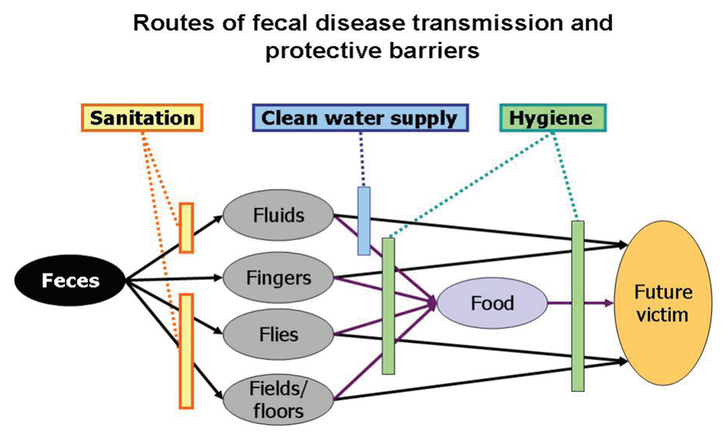 (Sources: Wagner and Lanoix 1959, World Bank Group 2013)
(Sources: Wagner and Lanoix 1959, World Bank Group 2013) Vigilant hygiene, safe water sources and improved sanitation are the keys to preventing the transmission and outbreak of waterborne viruses. You can get a water filtration solution today for a community that needs a clean water supply.
Answers and explanations from the quiz here:
1. B - Microfiltration can filter bacteria but is not small enough to filter viruses
2. A - Temperature, Light, and pH all influence how long a virus can survive in water
3. C - Temperature: the temperature of the water and surrounding conditions have the greatest influence on virus survival. Viruses survive longer in lower temperatures.
4. A - Salt water; B- Fresh water; C- Waste water. Viruses can thrive in these surface waters. Collected Rain Water can contain viruses if it is contaminated during collection or storage.
5. Adenovirus, Astrovirus, Hepatitis A, Hepatitis E, Rotavirus, Norovirus, Coxsackieviruses, Polioviruses, Caliciviruses, and Enteroviruses are all known water born viruses
Now that you know all about waterborne viruses, we hope you'll do your part in spreading the knowledge and safe practices to keep yourself and those around you healthy!
Blog Author: Michelle Falcone
1. B - Microfiltration can filter bacteria but is not small enough to filter viruses
2. A - Temperature, Light, and pH all influence how long a virus can survive in water
3. C - Temperature: the temperature of the water and surrounding conditions have the greatest influence on virus survival. Viruses survive longer in lower temperatures.
4. A - Salt water; B- Fresh water; C- Waste water. Viruses can thrive in these surface waters. Collected Rain Water can contain viruses if it is contaminated during collection or storage.
5. Adenovirus, Astrovirus, Hepatitis A, Hepatitis E, Rotavirus, Norovirus, Coxsackieviruses, Polioviruses, Caliciviruses, and Enteroviruses are all known water born viruses
Now that you know all about waterborne viruses, we hope you'll do your part in spreading the knowledge and safe practices to keep yourself and those around you healthy!
Blog Author: Michelle Falcone
Various sources:
https://en.wikipedia.org/wiki/Human_viruses_in_water
https://www.medicalnewstoday.com/articles/256521#transmission
https://microbiologysociety.org/why-microbiology-matters/what-is-microbiology/viruses.html
https://www.medicalnewstoday.com/articles/158179#viral-diseases
https://www.nhs.uk/common-health-questions/infections/how-long-do-bacteria-and-viruses-live-outside-the-body/
https://www.pbs.org/newshour/science/how-long-do-cold-and-flu-viruses-stay-contagious-on-public-surfaces
https://www.livescience.com/53272-what-is-a-virus.html
https://academic.oup.com/femsre/article/36/4/786/518976
https://en.wikipedia.org/wiki/Human_viruses_in_water
https://www.medicalnewstoday.com/articles/256521#transmission
https://microbiologysociety.org/why-microbiology-matters/what-is-microbiology/viruses.html
https://www.medicalnewstoday.com/articles/158179#viral-diseases
https://www.nhs.uk/common-health-questions/infections/how-long-do-bacteria-and-viruses-live-outside-the-body/
https://www.pbs.org/newshour/science/how-long-do-cold-and-flu-viruses-stay-contagious-on-public-surfaces
https://www.livescience.com/53272-what-is-a-virus.html
https://academic.oup.com/femsre/article/36/4/786/518976
The Four National Taps
Source: https://www.pub.gov.sg/watersupply/fournationaltaps
Source: https://www.pub.gov.sg/watersupply/fournationaltaps
Growing up in Singapore, I was always taught to conserve water in school and even as I entered the working world, I was made aware of how my actions contribute to water security. Despite this, I’m not sure I understood its importance, and I don’t feel that I’m alone in that. I, and many others, underestimate how critical water is to us, and we take our water supply for granted.
Being an essential resource for survival, water underpins a nation’s stability and allows her citizens to thrive and build stable lives. Our forefathers recognized this and established a strong foundation to ensure future generations wouldn’t need to go through the struggles they faced with water security. In this blog, I explore Singapore’s past and present relationship with our water supply.
Being an essential resource for survival, water underpins a nation’s stability and allows her citizens to thrive and build stable lives. Our forefathers recognized this and established a strong foundation to ensure future generations wouldn’t need to go through the struggles they faced with water security. In this blog, I explore Singapore’s past and present relationship with our water supply.
Singapore's oldest reservoir, MacRitchie Reservoir
Source: https://www.visitsingapore.com/see-do-singapore/nature-wildlife/reserves/macritchie-nature-reserve/
Source: https://www.visitsingapore.com/see-do-singapore/nature-wildlife/reserves/macritchie-nature-reserve/
The First Tap
When Stamford Raffles first came to Singapore in 1819, one of his top priorities was to ensure that there was a stable supply of clean drinking water available. He built a well shortly after his arrival and then constructed Singapore’s earliest reservoir near the foot of Bukit Larangan, giving birth to the First of Singapore’s Four National Taps.
However, Singapore had a fast-growing population which rapidly expanded the demand for clean drinking water. This caused water shortages that were so severe that it took several hours to resupply a ship with water and people would resort to drinking contaminated water from the Kallang River. As I learned this, I couldn’t help but see parallels with developing countries today, where two billion people still don’t have access to a basic water supply.
At this time, the government tried to alleviate the problem by building more reservoirs but with Singapore’s limited land, this was not a sustainable solution.
When Stamford Raffles first came to Singapore in 1819, one of his top priorities was to ensure that there was a stable supply of clean drinking water available. He built a well shortly after his arrival and then constructed Singapore’s earliest reservoir near the foot of Bukit Larangan, giving birth to the First of Singapore’s Four National Taps.
However, Singapore had a fast-growing population which rapidly expanded the demand for clean drinking water. This caused water shortages that were so severe that it took several hours to resupply a ship with water and people would resort to drinking contaminated water from the Kallang River. As I learned this, I couldn’t help but see parallels with developing countries today, where two billion people still don’t have access to a basic water supply.
At this time, the government tried to alleviate the problem by building more reservoirs but with Singapore’s limited land, this was not a sustainable solution.
Johor-Singapore Water Agreements
Source: https://www.malaysiakini.com/news/432101
Source: https://www.malaysiakini.com/news/432101
Importing Water
It’s common knowledge that we signed a water agreement with Johor in 1961, but did you know that we actually started importing water from Johor in 1927? This provided us with the Second National Tap that we have today.
Unexpectedly, this solution created a new set of problems, including our growing dependence on Johor for water. There was no guarantee that they would continue to export water to us, and the Singapore Government recognized this during the water crisis in the 1950s. Our government had to again look for additional water sources in Johor to keep up with growing demand for water due to our continued population boom. Since mixing politics with the provision of such an essential resource could jeopardize national security, Singapore started to work towards becoming more water independent. This came in the form of the 1972 Water Master Plan.
While water self-reliance was the goal, Singapore’s fears came to fruition in 1998 when our main supplier of imported water threatened to cut off water supply to us as a result of political tensions. This potential crisis pushed the Singapore government to implement measures to become more water independent, eventually giving rise to two new methods of utilizing the water we have at hand.
It’s common knowledge that we signed a water agreement with Johor in 1961, but did you know that we actually started importing water from Johor in 1927? This provided us with the Second National Tap that we have today.
Unexpectedly, this solution created a new set of problems, including our growing dependence on Johor for water. There was no guarantee that they would continue to export water to us, and the Singapore Government recognized this during the water crisis in the 1950s. Our government had to again look for additional water sources in Johor to keep up with growing demand for water due to our continued population boom. Since mixing politics with the provision of such an essential resource could jeopardize national security, Singapore started to work towards becoming more water independent. This came in the form of the 1972 Water Master Plan.
While water self-reliance was the goal, Singapore’s fears came to fruition in 1998 when our main supplier of imported water threatened to cut off water supply to us as a result of political tensions. This potential crisis pushed the Singapore government to implement measures to become more water independent, eventually giving rise to two new methods of utilizing the water we have at hand.
NEWater Plant
Source: https://www.pub.gov.sg/watersupply/fournationaltaps/newater
Source: https://www.pub.gov.sg/watersupply/fournationaltaps/newater
NEWater
In accordance with the 1972 Water Master Plan, the Singapore Government started to consider using reclaimed water. Although they found that it was technically possible, the methods available at the time provided uncertainty in its reliability and it was also very costly. It wasn’t until the 1990s when membrane technology had improved significantly that the first NEWater plant could be constructed. This gave us our Third National Tap, which came at a time where the threat of losing our imported water was looming.
To improve public reception towards drinking what is technically recycled sewage water, the Public Utilities Board (PUB) opened the NEWater Visitor Centre to educate the public on the realities of our water scarcity and its backstory. They organized school trips to the center and demonstrated how the water was cleaned and filtered through a membrane filtration system (not unlike ours at Wateroam!). This assured the public that the water was entirely safe to drink.
In accordance with the 1972 Water Master Plan, the Singapore Government started to consider using reclaimed water. Although they found that it was technically possible, the methods available at the time provided uncertainty in its reliability and it was also very costly. It wasn’t until the 1990s when membrane technology had improved significantly that the first NEWater plant could be constructed. This gave us our Third National Tap, which came at a time where the threat of losing our imported water was looming.
To improve public reception towards drinking what is technically recycled sewage water, the Public Utilities Board (PUB) opened the NEWater Visitor Centre to educate the public on the realities of our water scarcity and its backstory. They organized school trips to the center and demonstrated how the water was cleaned and filtered through a membrane filtration system (not unlike ours at Wateroam!). This assured the public that the water was entirely safe to drink.
Desalination Plant
Source: https://www.pub.gov.sg/watersupply/fournationaltaps/desalinatedwater
Source: https://www.pub.gov.sg/watersupply/fournationaltaps/desalinatedwater
Desalination
One of the many options considered over the years was the desalination of seawater: a resource found in abundance around us. However, the technology available was ineffective and costly until reverse osmosis emerged as a feasible option in recent history.
In 2005, with new technology in hand, the Singapore Government began to build her first desalination plant: the Fourth, and last, National Tap. Eventually, to meet growing water needs, three desalination plants were built, which now supply Singapore with 30% of her water requirements. This gave Singapore an unprecedented level of water security as a result of the foresight of the past governments acknowledging the importance of water.
One of the many options considered over the years was the desalination of seawater: a resource found in abundance around us. However, the technology available was ineffective and costly until reverse osmosis emerged as a feasible option in recent history.
In 2005, with new technology in hand, the Singapore Government began to build her first desalination plant: the Fourth, and last, National Tap. Eventually, to meet growing water needs, three desalination plants were built, which now supply Singapore with 30% of her water requirements. This gave Singapore an unprecedented level of water security as a result of the foresight of the past governments acknowledging the importance of water.
Marina Barrage, Singapore
Source: https://www.pub.gov.sg/marinabarrage
Source: https://www.pub.gov.sg/marinabarrage
Today
Singaporeans today enjoy the comforts of a first-world country without worrying about the essentials needed to survive to tomorrow. But comfort breeds complacency, which led to an underestimation of our fragility as a nation in the past.
For most of us, we know that water is scarce and that we should be conserving it. But many of us lack the motivation to do so, resulting in the cries to save water falling on deaf ears. While we are living in a time where water security is not a key worry among most Singaporeans, thanks to the efforts of the previous generations, it is important to acknowledge that even our current local production rates don’t allow us to be fully self-reliant.
Whether we maintain a sense of water security will depend on our ability to innovate new, sustainable solutions in hopes of one day becoming completely water independent. I hope that our future generations can continue the good work that has been put into stabilizing our water supply to pay it forward for the future.
Singaporeans today enjoy the comforts of a first-world country without worrying about the essentials needed to survive to tomorrow. But comfort breeds complacency, which led to an underestimation of our fragility as a nation in the past.
For most of us, we know that water is scarce and that we should be conserving it. But many of us lack the motivation to do so, resulting in the cries to save water falling on deaf ears. While we are living in a time where water security is not a key worry among most Singaporeans, thanks to the efforts of the previous generations, it is important to acknowledge that even our current local production rates don’t allow us to be fully self-reliant.
Whether we maintain a sense of water security will depend on our ability to innovate new, sustainable solutions in hopes of one day becoming completely water independent. I hope that our future generations can continue the good work that has been put into stabilizing our water supply to pay it forward for the future.
Did you know, 525,000 children under 5 die from diarrhoeal diseases every year? Millions more fall ill due to water-borne diseases caused by the lack of access to clean drinking water.
Please select the drop-down for other amounts
|
|
|
*Please refer below for terms and conditions
Blog Author: Jien Wei Tan
Chief Editor: Michelle Falcone
In our previous post, we shared about 5 water purification methods that you can use to obtain clean drinking water.
We know that you are thirsty for more, so here are 5 more low-cost water treatment methods that will prove useful in rural areas.
We know that you are thirsty for more, so here are 5 more low-cost water treatment methods that will prove useful in rural areas.
Summary
Ceramic Filter
Slowly but surely, I’m filtering your water
Source: https://www.pinterest.com/pin/518125132109352567/?lp=true
Source: https://www.pinterest.com/pin/518125132109352567/?lp=true
Ceramic filters are commonly used in remote parts of the world to treat water in households. A ceramic filter has fine micro-pores that can mechanically remove suspended particles when water flows through it via gravity.
The filter may be coated with colloidal silver, which acts as a disinfectant to kill pathogens. However, the filter can be clogged easily, especially if the inlet water is turbid. While the inner surface of the ceramic filter can be scrubbed to remove the impurities trapped, this maintenance method is limited in its effectiveness.
The filter may be coated with colloidal silver, which acts as a disinfectant to kill pathogens. However, the filter can be clogged easily, especially if the inlet water is turbid. While the inner surface of the ceramic filter can be scrubbed to remove the impurities trapped, this maintenance method is limited in its effectiveness.
|
|
|
|---|---|
|
- Low cost
- No electricity required
- Materials could be sourced locally
|
- Low flow rate and long wait time (over-night)
- Disinfection is not complete
- Inconsistent quality of output water
- Heavy and not portable
- Brittle material and heavy weight make it vulnerable to breakages
|
Bio-sand Filter
I have a highly layered personality…I mean structure
Source: https://www.cawst.org/services/expertise/biosand-filter/more-information
Source: https://www.cawst.org/services/expertise/biosand-filter/more-information
Bio-sand filter has the advantage of material simplicity and is typically made up of sand and gravel. It utilizes a mechanical and biological process to treat the water.
The microorganisms establish a community on the top layer of sand (biofilm) and cleans the water by “eating” the organic and inorganic particles as it flows through the system. Due to insufficient oxygen in the middle of the filter, most microbes will only grow on the top layer of sand, keeping it safely separated from the effluent (out-put) water.
A well-built bio-sand filter is typically able to remove about 98 to 99% of bacteria and protozoa, but is less effective for viruses and is unable to remove dissolved contaminants such as salts, arsenic and fluoride.
The removal of organic and inorganic particles through biofilm may be limited as biochemical reduction is highly dependent on the contact time and density of the biofilm; increasing both factors will also reduce the flow rate of the filter.
Maintenance can be tricky as the filter may stop working when the biofilm becomes too thick and dense. To recover the system, scrape away the top few centimeters of sand to reduce the thickness of the biofilm.
The microorganisms establish a community on the top layer of sand (biofilm) and cleans the water by “eating” the organic and inorganic particles as it flows through the system. Due to insufficient oxygen in the middle of the filter, most microbes will only grow on the top layer of sand, keeping it safely separated from the effluent (out-put) water.
A well-built bio-sand filter is typically able to remove about 98 to 99% of bacteria and protozoa, but is less effective for viruses and is unable to remove dissolved contaminants such as salts, arsenic and fluoride.
The removal of organic and inorganic particles through biofilm may be limited as biochemical reduction is highly dependent on the contact time and density of the biofilm; increasing both factors will also reduce the flow rate of the filter.
Maintenance can be tricky as the filter may stop working when the biofilm becomes too thick and dense. To recover the system, scrape away the top few centimeters of sand to reduce the thickness of the biofilm.
|
|
|
|---|---|
|
- Easy to operate
- Can be built from locally available materials
- Relatively low capital cost
- Able to reduce some level of organic and inorganic particles
|
- Installation is manpower intensive
- Not portable and difficult to transport
- Disinfection is not complete
- Inconsistent reduction of organic and inorganic particles, which is highly dependent on contact time and thickness of biofilm
- Requires that the filter be used on a regular basis to maintain the biofilm
|
Boiling
Hot.
Source: https://www.wonderopolis.org/wonder/why-does-water-bubble-when-it-boils
Source: https://www.wonderopolis.org/wonder/why-does-water-bubble-when-it-boils
Boiling is an effective method to destroy most biological pathogens and most of us still boil our water even if we have other water treatment solutions.
The water should be brought to a rolling boil for at least 5 minutes and preferably up to a period of twenty minutes. Longer boiling time is needed at higher elevations to ensure all the pathogens are destroyed.
Prior filtration is usually needed because any particles in the water can provide a hiding place for bacteria, protecting them from the heat. Basically, brown water remains brown, even after intense boiling.
Boiling can affect the taste of water due to the loss of oxygen in it. The taste can be improved by re-oxygenizing it through vigorously stirring or shaking the water.
The water should be brought to a rolling boil for at least 5 minutes and preferably up to a period of twenty minutes. Longer boiling time is needed at higher elevations to ensure all the pathogens are destroyed.
Prior filtration is usually needed because any particles in the water can provide a hiding place for bacteria, protecting them from the heat. Basically, brown water remains brown, even after intense boiling.
Boiling can affect the taste of water due to the loss of oxygen in it. The taste can be improved by re-oxygenizing it through vigorously stirring or shaking the water.
|
|
|
|---|---|
|
- Simple
- Effective in removing biological pathogen for clear water
|
- Energy intensive (need fuel or electricity)
- Time-consuming
- Boiling affects the taste of water
- Does not remove colloidal or suspended particles
|
Sign up for our newsletter!
| Thank you for Signing Up |


Chlorination
Staying behind for residual disinfection
Source: https://www.gettyimages.com/detail/photo/effervescent-tablets-in-water-high-res-stock-photography/594844889
Source: https://www.gettyimages.com/detail/photo/effervescent-tablets-in-water-high-res-stock-photography/594844889
Chlorination is the most common disinfection method used in water treatment plants and in our swimming pools. Chlorine is widely used because it is relatively low-cost and effective in destroying biological pathogens.
It is most commonly available in the form of liquid bleach (sodium hypochlorite) and chlorine tablets. The active component in chlorine disinfectant is the hypochlorite ion (OCL-), which oxidizes the cellular structure of germs and kills them in the process.
For untreated water with low turbidity, dosing the water with appropriate amounts of chlorine and giving the hypochlorite ions a minimum contact time of 30 minutes can improve the quality of water tremendously.
Chlorination works for most pathogens with the exception of some protozoa due to their protective cysts (thick outer shell). To ensure potability (drinkability), the protozoa needs to be removed by other means such as filtration.
The dosage of chlorine also needs to be adjusted appropriately to ensure proper disinfection. Too little chlorine may result in incomplete disinfection while too much chlorine may affect the water's taste.
It is most commonly available in the form of liquid bleach (sodium hypochlorite) and chlorine tablets. The active component in chlorine disinfectant is the hypochlorite ion (OCL-), which oxidizes the cellular structure of germs and kills them in the process.
For untreated water with low turbidity, dosing the water with appropriate amounts of chlorine and giving the hypochlorite ions a minimum contact time of 30 minutes can improve the quality of water tremendously.
Chlorination works for most pathogens with the exception of some protozoa due to their protective cysts (thick outer shell). To ensure potability (drinkability), the protozoa needs to be removed by other means such as filtration.
The dosage of chlorine also needs to be adjusted appropriately to ensure proper disinfection. Too little chlorine may result in incomplete disinfection while too much chlorine may affect the water's taste.
|
|
|
|---|---|
|
- Low cost
- Chlorine ions stays in water for prolonged periods, ensuring residual disinfection
|
- Ineffective for water with high turbidity
- Requires constant resupply
- May create bad “chemical” taste
- Challenging to determine dosage
- Long wait time (at least 30min contact time with appropriate dosage)
|
Solar Disinfection
Sun day fun day
Source: https://www.scidev.net/global/water/news/mistrust-slows-spread-solar-disinfection-tech.html
Source: https://www.scidev.net/global/water/news/mistrust-slows-spread-solar-disinfection-tech.html
Solar disinfection (SODIS) is a simple and effective way to kill microorganisms in water. The only materials needed are transparent bottles and sunshine, which can be obtained easily,
SODIS uses heat and ultraviolet (UV) radiation to destroy pathogens. However, the water has to be clear because suspended solid particles can block the UV rays and reduce its effectiveness.
The water should be exposed to strong sunlight for about five hours to destroy all pathogens. But if the water temperature rises to 50°C, the exposure period can be shortened to one hour.
SODIS uses heat and ultraviolet (UV) radiation to destroy pathogens. However, the water has to be clear because suspended solid particles can block the UV rays and reduce its effectiveness.
The water should be exposed to strong sunlight for about five hours to destroy all pathogens. But if the water temperature rises to 50°C, the exposure period can be shortened to one hour.
Source: https://bluesolarcity.com/guide-solar-disinfection-sodis/
|
|
|
|---|---|
|
- Easy to use
- Low cost
- Effective and reliable
|
- Ineffective for water with high turbidity
- Long wait time up to 5 hours
- Low volume treated at one time
- Harmful chemicals may leach when the plastic bottles are heated up
- Not suitable for regions with intermittent sun exposure, high cloud cover or low temperatures
|
Ultrafiltration (by ROAMfilter™ Plus)
1L of water in seconds!
Ultrafiltration (UF) is a process that physically separates microscopic particles from the water based on the principle of size-exclusion. UF removes essentially all colloidal particles (0.01 to 1.0 microns) from water and some of the largest dissolved contaminants.
The ROAMfilter™ Plus is a water filtration system that is specifically made for disaster and rural development areas. The filter is designed to be safe, simple and swift.
Safe because our technology utilizes 0.02-micron pore membranes, capable of removing bacteria and viruses.
Simple because it works exactly like a bicycle pump, making it easy to operate and maintain without electricity.
And Swift because at a light weight of 3 kg, it can be easily carried over any terrain and deployed to produce more than 200 litres of clean water per hour.
The ROAMfilter™ Plus is a water filtration system that is specifically made for disaster and rural development areas. The filter is designed to be safe, simple and swift.
Safe because our technology utilizes 0.02-micron pore membranes, capable of removing bacteria and viruses.
Simple because it works exactly like a bicycle pump, making it easy to operate and maintain without electricity.
And Swift because at a light weight of 3 kg, it can be easily carried over any terrain and deployed to produce more than 200 litres of clean water per hour.
|
|
|
|---|---|
|
- Safe: Ultrafiltration membrane removes 99.9999% of bacteria and 99.99% of viruses
- Simple: Intuitive design operated by a hand pump mechanism; no electricity is required. Easy maintenance
- Swift: Only 3 kg in weight, you can carry it over any terrain
- Durable: Replaceable filter cartridge lasts 2 years
- Efficient: With a flow rate of 200L/Hr, it can serve up to 100 people
|
- Requires complementary solutions to remove chemicals and heavy metals
|
Missed Part 1 of this article?
Check out 10 simple life-saving methods for water purification (Part 1) to catch up on what you missed!
Did you know, 525,000 children under 5 die from diarrhoeal diseases every year? Millions more fall ill due to water-borne diseases caused by the lack of access to clean drinking water.
Please select the drop-down for other amounts
|
|
|
*Please refer below for terms and conditions
Let's build a world without prolonged thirst together!
Wateroam works with Sponsors & Champions to provide clean drinking water access. Through complementing one another's strengths, we are able to maximise our resources and increase social impact.
Sponsors provide resource support to empower Champions to deploy clean drinking water. Champions are those on the ground, actively working with communities in need of clean water.
By working together, we can reach out rapidly to the 633 million people globally without safe water access. Visit our Get Involved section to learn how you can play a role!
Blog Author: Ze Yong Yeoh
Sponsors provide resource support to empower Champions to deploy clean drinking water. Champions are those on the ground, actively working with communities in need of clean water.
By working together, we can reach out rapidly to the 633 million people globally without safe water access. Visit our Get Involved section to learn how you can play a role!
Blog Author: Ze Yong Yeoh
Do you know that 1 in 7 globally are consuming unsafe drinking water?
In fact, having clean drinking water is one of the biggest concerns for travelers living abroad, especially humanitarian workers and emergency relief organisations responding to disasters.
Imagine being stranded after a flood swept through the city. The pipelines are broken and the water supply is disrupted. There is no power supply nor electricity. People around you are thirsty and in desperate need of clean water.
With the limited resources available, how can you obtain safe drinking water?
In fact, having clean drinking water is one of the biggest concerns for travelers living abroad, especially humanitarian workers and emergency relief organisations responding to disasters.
Imagine being stranded after a flood swept through the city. The pipelines are broken and the water supply is disrupted. There is no power supply nor electricity. People around you are thirsty and in desperate need of clean water.
With the limited resources available, how can you obtain safe drinking water?
Lucky for you, there are several simple methods you can use to purify water.
In this post, we will explore the advantages and drawbacks of the different water treatment methods and how we can treat and obtain clean drinking water in rural and disaster affected areas.
In this post, we will explore the advantages and drawbacks of the different water treatment methods and how we can treat and obtain clean drinking water in rural and disaster affected areas.
Summary
3-Pot Method
An affordable pre-treatment method!
Source: http://www.vicharoo.com/water/low-cost-water-purification-methods-1/
Source: http://www.vicharoo.com/water/low-cost-water-purification-methods-1/
The 3-pot method is a simple trick you could do to improve your water quality with just a few pots. All you need is a clean cloth and three containers with cover. While this is by no means a complete disinfection, it reduces the larger physical suspended solids and provides you an improved source of water for emergency.
By storing water in a covered pot for at least two days in a safe and undisturbed condition, the process slows down bacteria growth and multiplication by depriving them of key respiratory elements such as oxygen.
The process can reduce the level of aerobic bacteria by 50% due to the unfavorable survival conditions in the pot. Pathogens attached to suspended solids will also settle to the bottom of the pot with time, thereby improving the quality of the stored water.
Always draw the supernatant (water from the top of the pot) to get cleaner water. The pots should be covered to avoid re-contamination and with a wide enough neck to ease the cleaning process.
Pro-tip: The 3-pot method is a handy technique is commonly used as a form of pre-treatment before filtration!
By storing water in a covered pot for at least two days in a safe and undisturbed condition, the process slows down bacteria growth and multiplication by depriving them of key respiratory elements such as oxygen.
The process can reduce the level of aerobic bacteria by 50% due to the unfavorable survival conditions in the pot. Pathogens attached to suspended solids will also settle to the bottom of the pot with time, thereby improving the quality of the stored water.
Always draw the supernatant (water from the top of the pot) to get cleaner water. The pots should be covered to avoid re-contamination and with a wide enough neck to ease the cleaning process.
Pro-tip: The 3-pot method is a handy technique is commonly used as a form of pre-treatment before filtration!
|
|
|
|---|---|
|
- Good pre-treatment for large particles
- Easy to set up and use
- Almost no cost
|
- Does not remove smaller suspended particles
- Large proportion of bacteria still present
- Disinfection is not complete
- Time-consuming
|
Chemical Coagulation
Coagulant to suspended particles: Let’s stick together
Source: http://www.vicharoo.com/water/low-cost-water-purification-methods-1/
Source: http://www.vicharoo.com/water/low-cost-water-purification-methods-1/
Coagulation is a like using a “glue” to stick small particles together to form larger particles. The larger particles can then settle down faster because they are heavier.
Coagulants is the “glue” mentioned in the coagulation process. It includes aluminum or iron salts, such as ferric sulphate, ferric chloride, aluminum sulphate or polymers.
But what’s the science behind this… “gluing” process?
Interestingly, it is through the neutralization of the negatively charged suspended particles in the water. Coagulant turns the repulsion between particles to attraction and helps to bind the particles together.
This could be done by stirring the coagulant in the water for a few minutes and letting the water to stand until most of the coagulated particles settle. Obtain the clear water from the top portion of the container.
You can remove most organic compounds effectively by coagulation, while certain inorganic compounds, such as arsenic, lead, cadmium, mercury and copper could be removed as well.
Coagulants is the “glue” mentioned in the coagulation process. It includes aluminum or iron salts, such as ferric sulphate, ferric chloride, aluminum sulphate or polymers.
But what’s the science behind this… “gluing” process?
Interestingly, it is through the neutralization of the negatively charged suspended particles in the water. Coagulant turns the repulsion between particles to attraction and helps to bind the particles together.
This could be done by stirring the coagulant in the water for a few minutes and letting the water to stand until most of the coagulated particles settle. Obtain the clear water from the top portion of the container.
You can remove most organic compounds effectively by coagulation, while certain inorganic compounds, such as arsenic, lead, cadmium, mercury and copper could be removed as well.
|
|
|
|---|---|
|
- Easy to uses
- Reduces the time required to settle out suspended solids
|
- Over-dosing will affect the water quality
- Needs constant resupply
|
Ion-exchange Resin
Stripping off the bad stuff
Source: https://www.dhgate.com/wholesale/reverse+osmosis+water+systems.html
Source: https://www.dhgate.com/wholesale/reverse+osmosis+water+systems.html
As much as possible, we want to avoid a water source that is contaminated with heavy metals. Heavy metals that goes beyond the WHO threshold is harmful and chronic exposure can damage the human body indefinitely.
Passing the water through an ion-exchange resin is an effective way to remove inorganic chemicals including heavy metals. The resins act as a medium for ion exchange and when water contacts the resin, certain “bad” ions (such as heavy metals) are trapped and replaced by the ions not harmful to the human body.
Anion resins and cation resins are the two most common resins used in the ion-exchange process. Anion resins attract negatively charged ions, while cation resins attract the positively charged ions. However, some contaminants are not easy to remove by conventional ion exchange resins. Specific resins have been developed to remove those contaminants.
The most common chemical composition of ion-exchange resins is polystyrene, while certain types are manufactured from acrylic (either acrylonitrile or methyl acrylate).
Passing the water through an ion-exchange resin is an effective way to remove inorganic chemicals including heavy metals. The resins act as a medium for ion exchange and when water contacts the resin, certain “bad” ions (such as heavy metals) are trapped and replaced by the ions not harmful to the human body.
Anion resins and cation resins are the two most common resins used in the ion-exchange process. Anion resins attract negatively charged ions, while cation resins attract the positively charged ions. However, some contaminants are not easy to remove by conventional ion exchange resins. Specific resins have been developed to remove those contaminants.
The most common chemical composition of ion-exchange resins is polystyrene, while certain types are manufactured from acrylic (either acrylonitrile or methyl acrylate).
|
|
|
|---|---|
|
- Able to remove inorganic chemical effectively without energy
|
- Needs to be replaced regularly
- Challenging to determine replacement frequency
|
Sign up for our newsletter!
| Thank you for Signing Up |


Activated Carbon
Adsorbing the organics
Source: https://drjockers.com/4-reasons-use-activated-charcoal/
Source: https://drjockers.com/4-reasons-use-activated-charcoal/
Activated carbon is an effective material to remove organic chemicals from water besides coagulants. Activated carbon has many small pores on the surface to achieve a very high surface area and contact point.
One gram of powdered activated carbon has a surface area of more than 3,000 m². Thus, large amount of soluble substance can stick (adsorb) onto the activated carbon surface. Sufficient contact time (10 to 20 minutes) is usually required to remove contaminants effectively from the water.
Although it is not effective for microbial contaminants, metals, nitrates and other inorganic contaminants, activated carbon can be combined with other treatment methods to complement each other.
One gram of powdered activated carbon has a surface area of more than 3,000 m². Thus, large amount of soluble substance can stick (adsorb) onto the activated carbon surface. Sufficient contact time (10 to 20 minutes) is usually required to remove contaminants effectively from the water.
Although it is not effective for microbial contaminants, metals, nitrates and other inorganic contaminants, activated carbon can be combined with other treatment methods to complement each other.
|
|
|
|---|---|
|
- Readily available compared to other solutions
|
- Activated carbon needs to be replaced regularly
- Contact time is needed for adsorption to be effective
|
Ultrafiltration (by ROAMfilter™ Plus)
1L of water in seconds!
Ultrafiltration (UF) is a process that physically separates microscopic particles from the water based on the principle of size-exclusion. UF removes essentially all colloidal particles (0.01 to 1.0 microns) from water and some of the largest dissolved contaminants.
The ROAMfilter™ Plus is a water filtration system that is specifically made for disaster and rural development areas. The filter is designed to be safe, simple and swift.
Safe because our technology utilizes 0.02-micron pore membranes, capable of removing bacteria and viruses.
Simple because it works exactly like a bicycle pump, making it easy to operate and maintain without electricity.
And Swift because at a light weight of 3 kg, it can be easily carried over any terrain and deployed to produce more than 200 litres of clean water per hour.
The ROAMfilter™ Plus is a water filtration system that is specifically made for disaster and rural development areas. The filter is designed to be safe, simple and swift.
Safe because our technology utilizes 0.02-micron pore membranes, capable of removing bacteria and viruses.
Simple because it works exactly like a bicycle pump, making it easy to operate and maintain without electricity.
And Swift because at a light weight of 3 kg, it can be easily carried over any terrain and deployed to produce more than 200 litres of clean water per hour.
|
|
|
|---|---|
|
- Safe: Ultrafiltration membrane removes 99.9999% of bacteria and 99.99% of viruses
- Simple: Intuitive design operated by a hand pump mechanism; no electricity is required. Easy maintenance
- Swift: Only 3 kg in weight, you can carry it over any terrain
- Durable: Replaceable filter cartridge lasts 2 years
- Efficient: With a flow rate of 200L/Hr, it can serve up to 100 people
|
- Requires complementary solutions to remove chemicals and heavy metals
|
Thirsty for more knowledge?
Check out 10 simple life-saving methods for water purification (Part 2) to find out more!
Did you know, 525,000 children under 5 die from diarrhoeal diseases every year? Millions more fall ill due to water-borne diseases caused by the lack of access to clean drinking water.
Please select the drop-down for other amounts
|
|
|
*Please refer below for terms and conditions
Let's build a world without prolonged thirst together!
Wateroam works with Sponsors & Champions to provide clean drinking water access. Through complementing one another's strengths, we are able to maximise our resources and increase social impact.
Sponsors provide resource support to empower Champions to deploy clean drinking water. Champions are those on the ground, actively working with communities in need of clean water.
By working together, we can reach out rapidly to the 633 million people globally without safe water access. Visit our Get Involved section to learn more about how you can play your part!
Blog Author: Ze Yong Yeoh
Sponsors provide resource support to empower Champions to deploy clean drinking water. Champions are those on the ground, actively working with communities in need of clean water.
By working together, we can reach out rapidly to the 633 million people globally without safe water access. Visit our Get Involved section to learn more about how you can play your part!
Blog Author: Ze Yong Yeoh
Source: https://www.gettyimages.com/
Have you read the latest news about faecal bacteria found in bottled water?
Or hear about how water-related diseases caused millions to die in developing countries?
Knowing what is in your water is no easy task. With so many contaminants in the water, knowing where to start is often the biggest challenge for most people.
Therefore, it is extremely important for you to know what is in your water, especially for water sources in rural areas.
Or hear about how water-related diseases caused millions to die in developing countries?
Knowing what is in your water is no easy task. With so many contaminants in the water, knowing where to start is often the biggest challenge for most people.
Therefore, it is extremely important for you to know what is in your water, especially for water sources in rural areas.
Source: https://www.reuters.com/
Advanced diagnostic tools are often needed to detect the tiny contaminants in the water, but these tools may not be the most accessible and feasible on the ground.
However, there are still low-cost methods you can use to detect the presence of pathogens in your water. Before we get there, let me first introduce 5 key water quality indicators, to help you determine whether your water source is suitable for drinking.
However, there are still low-cost methods you can use to detect the presence of pathogens in your water. Before we get there, let me first introduce 5 key water quality indicators, to help you determine whether your water source is suitable for drinking.
|
|
||||
|---|---|---|---|---|
|
|
|
|
|
|
Turbidity
Source: https://savetheirl.org/irl-health-update/turbidity-targets/
Turbidity (cloudiness of water) is caused by colloidal matter or suspended particles that block light transmission through the water.
High turbidity is often associated with the presence of biological contamination, due to the tendencies of bacteria and pathogens adhering to the surface of solid particles.
Turbidity also creates a challenge for water treatment methods, such as solar disinfection (SODIS), boiling or chemicals that aim to destroy microbes.
Turbidity can indicate: Physical and Biological contamination
High turbidity is often associated with the presence of biological contamination, due to the tendencies of bacteria and pathogens adhering to the surface of solid particles.
Turbidity also creates a challenge for water treatment methods, such as solar disinfection (SODIS), boiling or chemicals that aim to destroy microbes.
Turbidity can indicate: Physical and Biological contamination
Colour
Drinking water should ideally have no visible colour. The colour of the water is usually caused by the presence of dissolved material or suspended solids. It also indicates the possibility of the presence of coloured organic matter or metals.
The presence of iron can be easily identified by the reddish colour in water. In addition, the water will also have a distinctive metallic taste (or “bloody” taste) which is unpalatable. While iron is an essential part of human nutrition, taking it in excess can affect the human body adversely.
Colour can indicate: Physical, Biological and Chemical contamination
The presence of iron can be easily identified by the reddish colour in water. In addition, the water will also have a distinctive metallic taste (or “bloody” taste) which is unpalatable. While iron is an essential part of human nutrition, taking it in excess can affect the human body adversely.
Colour can indicate: Physical, Biological and Chemical contamination
Total coliform
Source: https://ietbuildinghealth.com/blog/sewage-testing-methods/total-and-fecal-coliform/
Total coliforms include bacteria that are commonly found in soil; in water that has been influenced by surface water and in human/animal waste.
The presence of total coliform bacteria shows that the water could be contaminated by environmental factors such as soil and dirt, with a likely presence of pathogens being present in the water.
Total Coliform indicate: Biological contamination
The presence of total coliform bacteria shows that the water could be contaminated by environmental factors such as soil and dirt, with a likely presence of pathogens being present in the water.
Total Coliform indicate: Biological contamination
Sign up for our newsletter!
| Thank you for Signing Up |


Escherichia coli (E.coli)
Source: https://www.istockphoto.com/sg
E.coli is a type of faecal coliform (bacteria) commonly found in the intestines of people and animals. E.coli is the best indicator of faecal pollution because it is generally not found in the environment.
As study by the World Health Organization (2018) shows that that at least 2 billion people are drinking from water sources at risk of faecal contamination. The presence of E.coli indicate an increased likelihood of the presence of pathogenic bacteria which is harmful to the body.
E.coli can indicate: Biological contamination
As study by the World Health Organization (2018) shows that that at least 2 billion people are drinking from water sources at risk of faecal contamination. The presence of E.coli indicate an increased likelihood of the presence of pathogenic bacteria which is harmful to the body.
E.coli can indicate: Biological contamination
pH value
Source: https://www.vectorstock.com/royalty-free-vector/ph-scale-indicator-of-ph-value-expressing-rate-of-vector-22616573
pH value shows how acidic or alkaline the water is. According to the Environmental Protection Agency, consuming excessively alkaline or acidic water is harmful to our health.
Water with low pH (acidic, below 6.5) is corrosive and may contain dissolved heavy metals which will cause adverse health effects. Water with a high pH (alkaline, above 8.5) indicates that a high level of alkaline minerals is present.
Water that is slightly alkaline does not seem to pose a health risk, but it can affect the taste and appearance of the water. For your further knowledge and information, here is everything you need know about alkaline water.
pH value can indicate: Chemical contamination
Water with low pH (acidic, below 6.5) is corrosive and may contain dissolved heavy metals which will cause adverse health effects. Water with a high pH (alkaline, above 8.5) indicates that a high level of alkaline minerals is present.
Water that is slightly alkaline does not seem to pose a health risk, but it can affect the taste and appearance of the water. For your further knowledge and information, here is everything you need know about alkaline water.
pH value can indicate: Chemical contamination
Suggestion: A Simple Water Test Kit to Identify the Water Quality
At the end of the day, knowing the constituents in your drinking water is the first step in ensuring that your water is safe to drink.
You can test the quality of your water using a laboratory or a portable water test kit. If you are travelling in remote areas such as disaster zones or rural areas, consider using our Water Test Kits to ensure that your water is safe to drink.
Buy a portable test kit now for your next adventure!
You can test the quality of your water using a laboratory or a portable water test kit. If you are travelling in remote areas such as disaster zones or rural areas, consider using our Water Test Kits to ensure that your water is safe to drink.
Buy a portable test kit now for your next adventure!
Blog Author: Ze Yong Yeoh
Did you know, 525,000 children under 5 die from diarrhoeal diseases every year? Millions more fall ill due to water-borne diseases caused by the lack of access to clean drinking water.
|
|
|
*Please refer below for terms and conditions
Source: http://chej.org/2016/10/10/water-pollution-whats-it-all-about/
When it comes to drinking water, one of the most common question is – is my water safe to drink?
In fact, this is one of the biggest concerns for travellers, NGOs and disaster relief agencies that are operating overseas. Therefore, it is so important to know what is inside your water especially when you are travelling overseas.
In fact, this is one of the biggest concerns for travellers, NGOs and disaster relief agencies that are operating overseas. Therefore, it is so important to know what is inside your water especially when you are travelling overseas.
The Dangers of Harmful Contaminants in Water
Drinking water can expose you to a variety of harmful biological, chemical and physical contaminants which can make you very sick. In fact, a report by the World Health Organization (WHO) shows that the consumption of contaminated drinking water is estimated to cause 50,200 diarrhoeal deaths each year.
Before we decide whether the water is safe to drink, let’s go through some water fundamentals. Here are the six most common contaminants present in water.
Before we decide whether the water is safe to drink, let’s go through some water fundamentals. Here are the six most common contaminants present in water.
|
|
|
|
|---|---|---|
|
|
|
|
|
|
|
|
|
|
|
|
Bacteria
Source: https://www.medicalnewstoday.com/articles/323215.php
Bacterial contamination is the single most common threat to drinking water, and its impacts are disabling, quick and potentially deadly.
Many waterborne bacteria are categorized as pathogens (disease causing microorganism) and they could lead to diseases, like salmonellosis, typhoid fever, and cholera.
One of the most commonly found bacteria in untreated water sources such as rivers and lakes include E.coli (Escherichia coli), a faecal coliform present in human and animal waste. Drinking such contaminated water can cause vomiting, diarrhoea as well as ear, respiratory, eye, or skin problems.
Many waterborne bacteria are categorized as pathogens (disease causing microorganism) and they could lead to diseases, like salmonellosis, typhoid fever, and cholera.
One of the most commonly found bacteria in untreated water sources such as rivers and lakes include E.coli (Escherichia coli), a faecal coliform present in human and animal waste. Drinking such contaminated water can cause vomiting, diarrhoea as well as ear, respiratory, eye, or skin problems.
Protozoa
Source: https://www.medicalnewstoday.com/articles/167079.php
Giardia and Cryptosporidium are common harmful water protozoa which cause waterborne diseases. It is usually found in water with a high level of fecal pollution. Although many other protozoa are harmless to humans, they can contribute unpleasant odor to the water.
Most protozoa form protective cysts to survive in unfavorable environmental condition. They are resistant to chlorination, a common disinfection method. Hence, it is really hard to get rid of protozoa in water. The ROAMfilter™ Plus is very effective in removing bacteria and protozoa from the water, making it an ideal solution for tackling these contaminants.
Most protozoa form protective cysts to survive in unfavorable environmental condition. They are resistant to chlorination, a common disinfection method. Hence, it is really hard to get rid of protozoa in water. The ROAMfilter™ Plus is very effective in removing bacteria and protozoa from the water, making it an ideal solution for tackling these contaminants.
Virus
Source: https://www.medicalnewstoday.com/articles/322223.php
Virus is the tiniest biological pathogen you can find in water. Despite its size, it accounts for numerous cases of severe diarrhoea and deaths in children across the globe. An infected person may show symptoms such as jaundice, dark urine, loss of appetite, nausea, vomiting, and fever.
In severe cases, it may lead to liver failure and even death. Viruses are smaller than bacteria and protozoa in size, making detection harder with standard water testing and difficult to be removed.
In severe cases, it may lead to liver failure and even death. Viruses are smaller than bacteria and protozoa in size, making detection harder with standard water testing and difficult to be removed.
Inorganic chemical
Source: https://www.innerbody.com/home-health-tests/heavy-metal-testing
Inorganic chemical refers to those compounds with a chemical structure without carbon, such as heavy metals and nitrate. Heavy metals can be naturally occurring or can be released by human activities.
In trace amounts, certain heavy metals such as copper, selenium, and zinc are essential to maintain the metabolism of the human body. However, elements such as arsenic, lead, and mercury are harmful to the body even in small concentration.
At a high concentration, heavy metals are poisonous to the body and chronic exposure can damage the human body indefinitely. Certain heavy metals can accumulate in the body and the effects can cause in-borne deformities in children.
Click here for more information on heavy metals.
In trace amounts, certain heavy metals such as copper, selenium, and zinc are essential to maintain the metabolism of the human body. However, elements such as arsenic, lead, and mercury are harmful to the body even in small concentration.
At a high concentration, heavy metals are poisonous to the body and chronic exposure can damage the human body indefinitely. Certain heavy metals can accumulate in the body and the effects can cause in-borne deformities in children.
Click here for more information on heavy metals.
Sign up for our newsletter!
| Thank you for Signing Up |


Organic chemical
Source: https://phys.org/news/2019-03-chemical-synthesis.html
Organic chemical includes compounds with a chemical structure which consist of carbon. They include proteins, plastic, petroleum compounds, pesticides, herbicides, and chlorinated-carbon compounds. They are found in water sources and are typically caused by human activities, such as improper disposal of solvents and petrochemicals.
The main concerns of organic chemicals are those that are non-volatile as they are unable to be removed by simply boiling or aeration. Certain organic chemicals are toxic and could cause adverse health effects when consumed.
The exposure risk is determined based on the individual constituents of the organic chemicals, with each having the potential to trigger different human health effects, symptoms, or illnesses.
The main concerns of organic chemicals are those that are non-volatile as they are unable to be removed by simply boiling or aeration. Certain organic chemicals are toxic and could cause adverse health effects when consumed.
The exposure risk is determined based on the individual constituents of the organic chemicals, with each having the potential to trigger different human health effects, symptoms, or illnesses.
Suspended Solids
Suspended solids refer to the small solid particles which remain suspended in water. The suspended solids may not be dangerous in itself, but pathogens can potentially adhere and be carried on the surface of the particles. High level of suspended solids in water is often associated with the presence of biological contaminants.
Suspended solids could also affect and reduce the efficiency of several water treatment method, such as ultraviolet disinfection, boiling, or chemicals.
Suspended solids could also affect and reduce the efficiency of several water treatment method, such as ultraviolet disinfection, boiling, or chemicals.
How do I determine my water quality?
At the end of the day, knowing the constituents in your drinking water is the first step in ensuring that your water is safe to drink.
You can test the quality of your water using a laboratory or a portable water test kit. If you are travelling in remote areas such as disaster zones or rural areas, consider using our Water Test Kits to ensure that your water is safe to drink.
Buy a portable test kit now for your next adventure!
You can test the quality of your water using a laboratory or a portable water test kit. If you are travelling in remote areas such as disaster zones or rural areas, consider using our Water Test Kits to ensure that your water is safe to drink.
Buy a portable test kit now for your next adventure!
Did you know, 525,000 children under 5 die from diarrhoeal diseases every year? Millions more fall ill due to water-borne diseases caused by the lack of access to clean drinking water.
Please select the drop-down for other amounts
|
|
|
*Please refer below for terms and conditions
Blog Author: Ze Yong Yeoh
If you’re reading this blog post, you’ve been part of our journey to end prolonged thirst.
And that is Awesome.
Did you know that since our inception in 2014, we’ve been able to provide 72,000 people across 28 countries with better access to safe drinking water? To our Champions, Partners and Sponsors, a BIG THANK YOU to you – we’d never be able to achieve this without you.
But right now, there is still 2 Billion people in the world living without clean water. That’s 2 in 7 globally.
Scary, isn’t it.
So – why are we still doing this?
Why Water?
For people living in rural regions and disaster zones, safe drinking water can change everything. Cleaner and safer drinking water means better healthier families, more productive parents and kids learning at school.
And if that’s not enough of a reason, you get a smile like hers that will 100% brighten up your day.
Sign up for our newsletter!
| Thank you for Signing Up |


Every year, we receive thousands of enquiries from Champions like you trying to solve the water crisis in remote places all around the world. The ROAMfilter Plus has been able to provide thousands with safe drinking water through its deployment too. But we’ve also realised that solving water issues can be challenging, perplexing and prohibitive.
But it doesn’t have to be that way.
Today, we’re launching the Wateroam Blog.
The Wateroam Blog is the one-stop water-hub that provides you with all the knowledge you’ll need to tackle the water crisis.
What to expect from the Wateroam Blog?
- Water Essentials for people in a hurry!
- Practical and applicable knowledge that will help you for your next trip
- Stories from 1st Responders – no frills, only the Real Deal!
And guess what, you’ll also be the first to hear about our latest tech innovation too.
Knowledge is power.
Read our first post to expand your water knowledge now!
Blog Author: Lim Chong Tee
Want more?
Click below to see what other blog topics might peak your interest

|
|
Thank you for Signing Up |


Water Facts
Blog Archives
August 2022
May 2022
April 2022
July 2020
April 2020
February 2020
December 2019
July 2019
June 2019

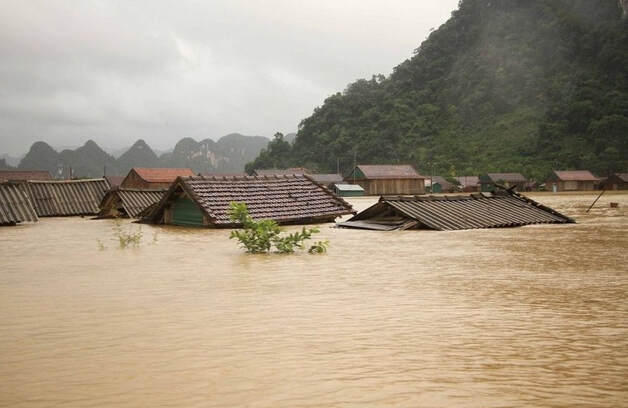
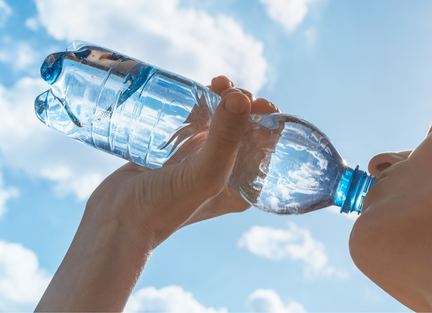
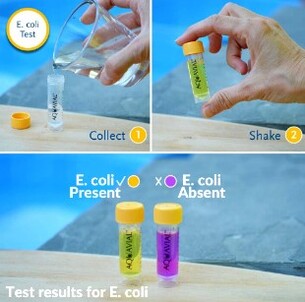

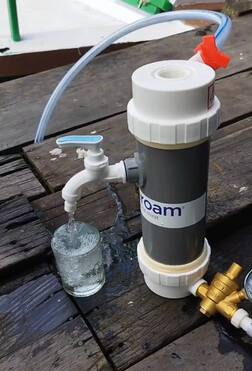
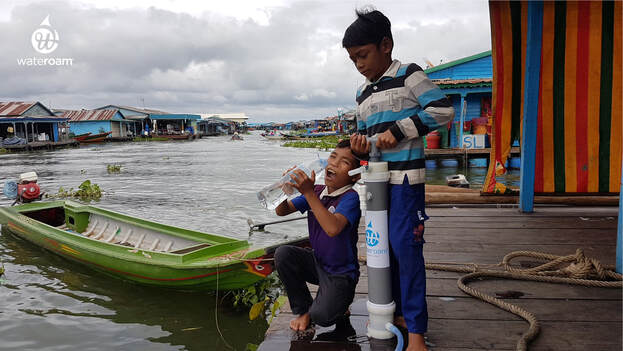
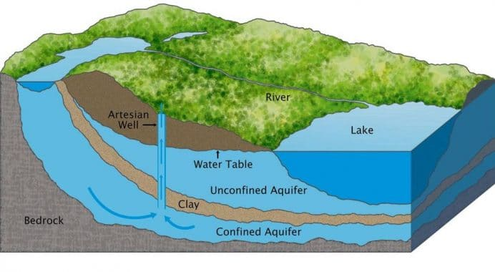
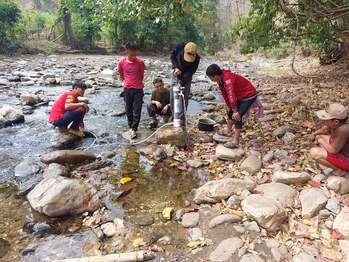
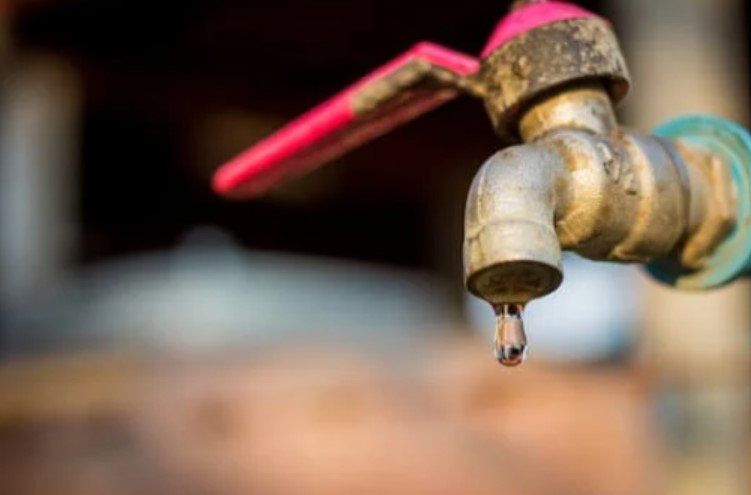
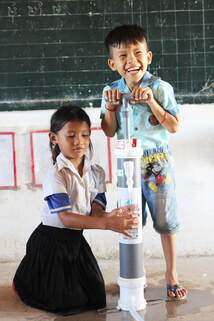
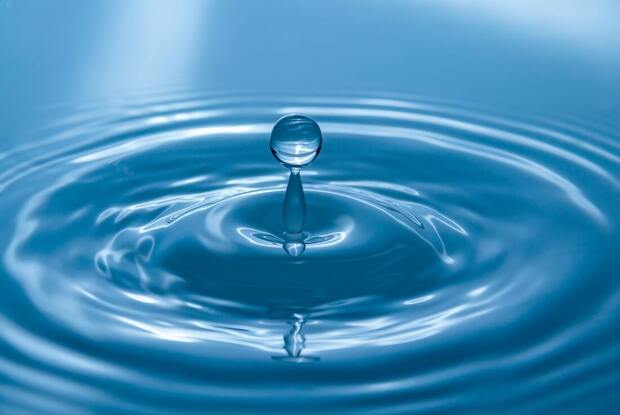
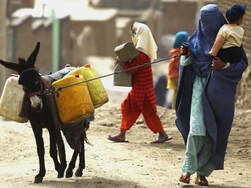
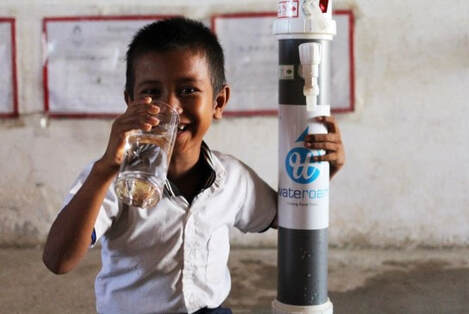
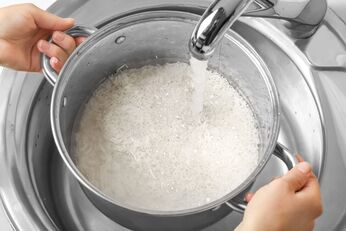

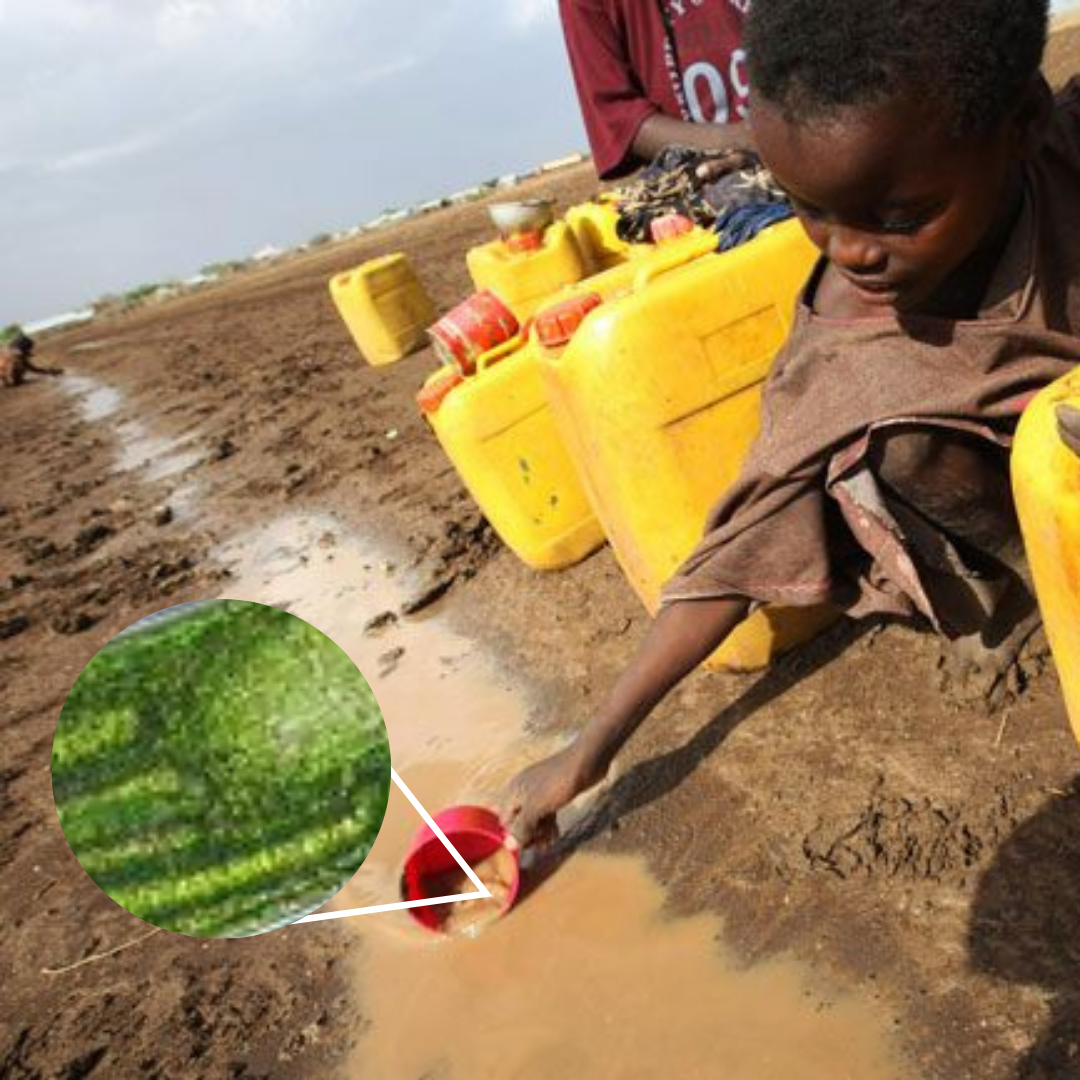
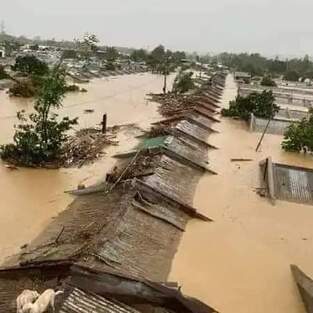
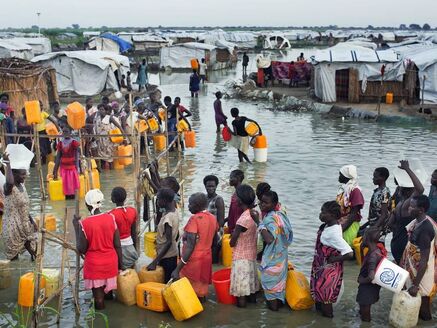
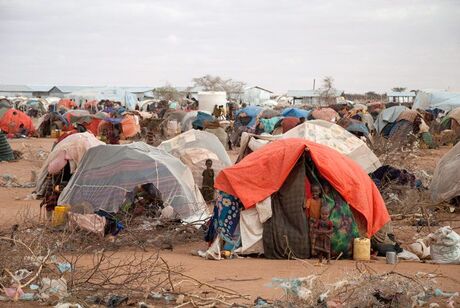
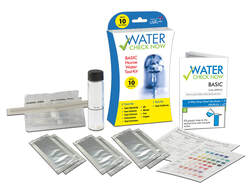
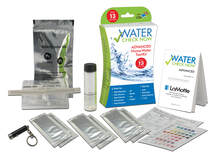
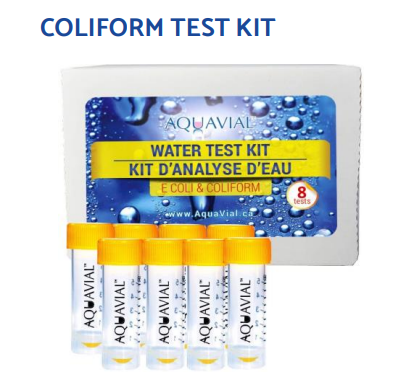
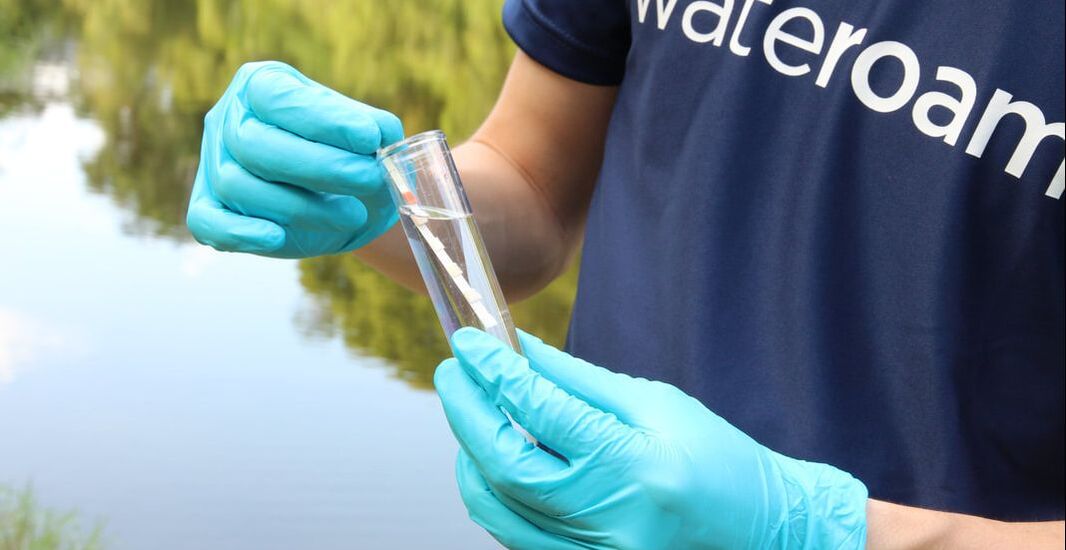
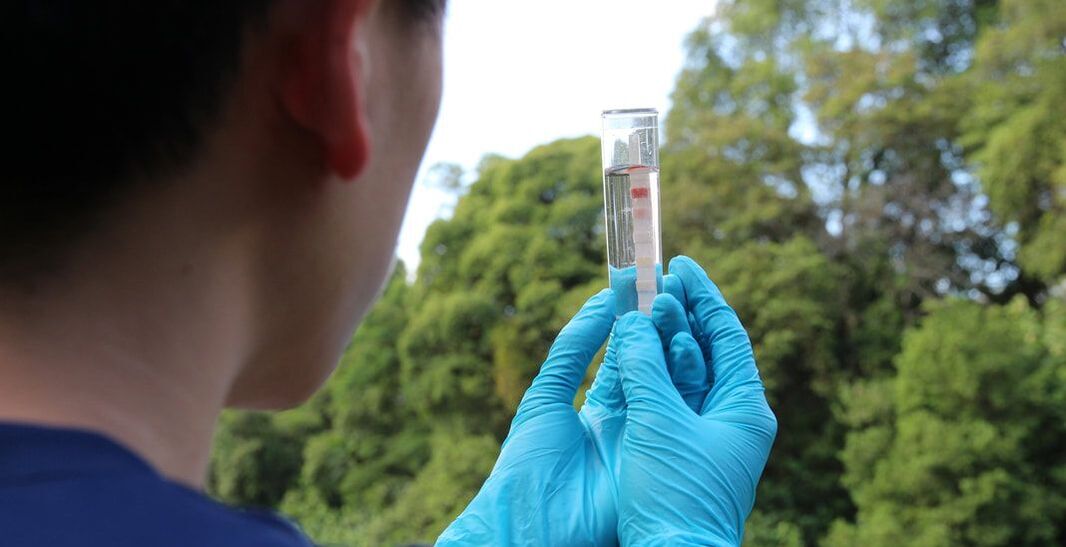

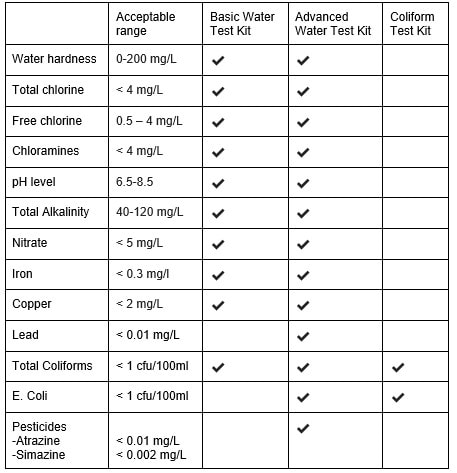
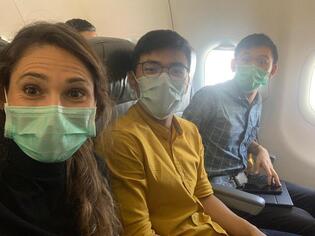
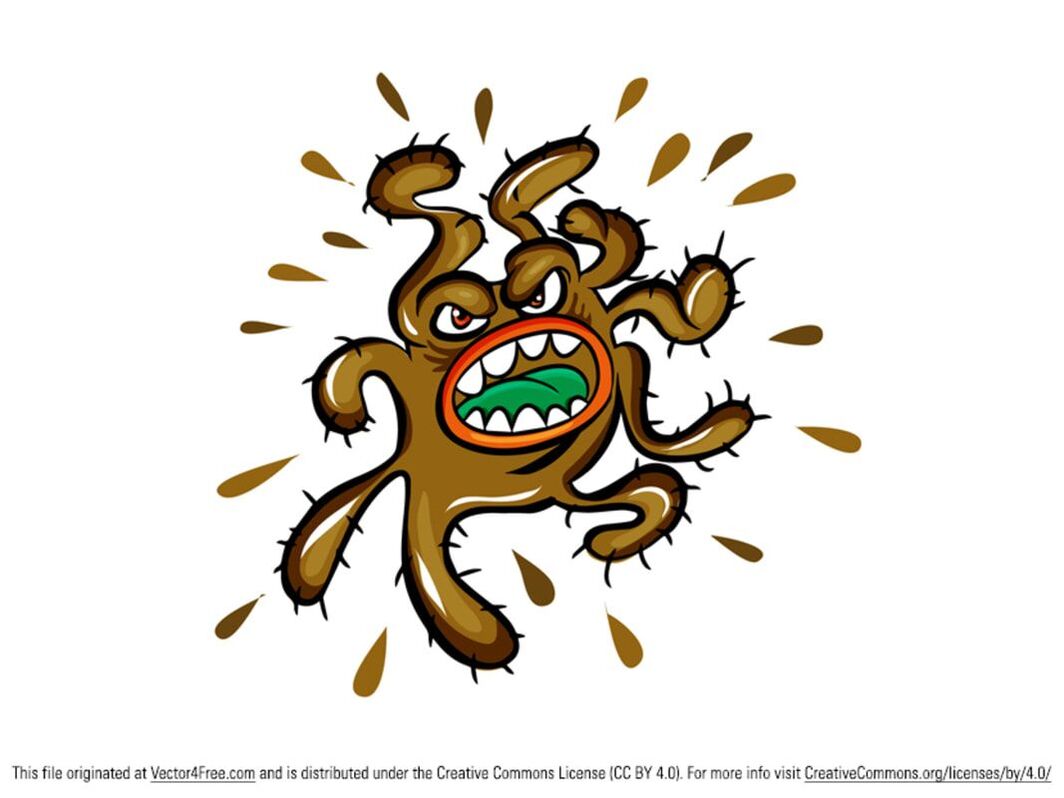
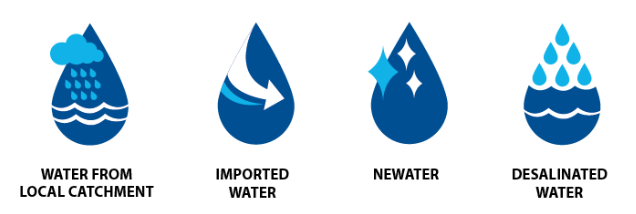
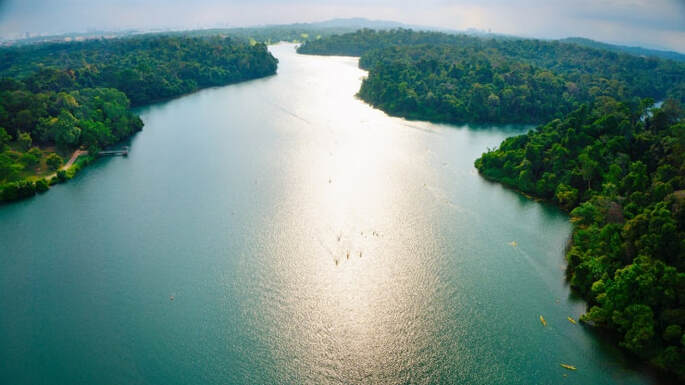
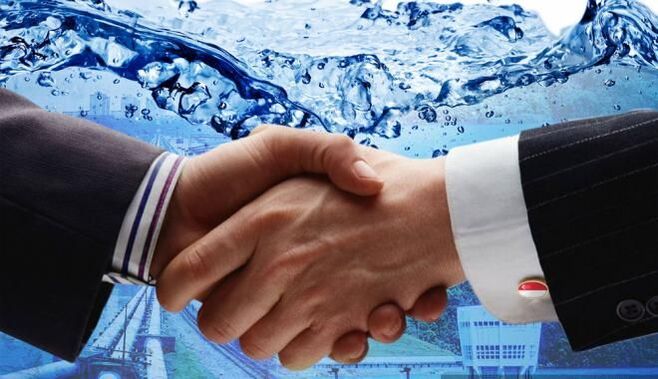
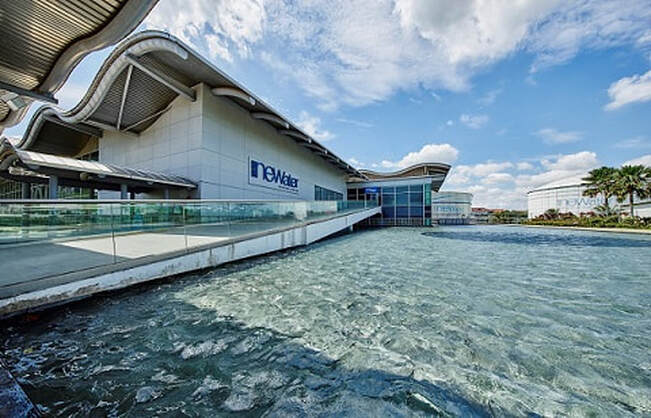
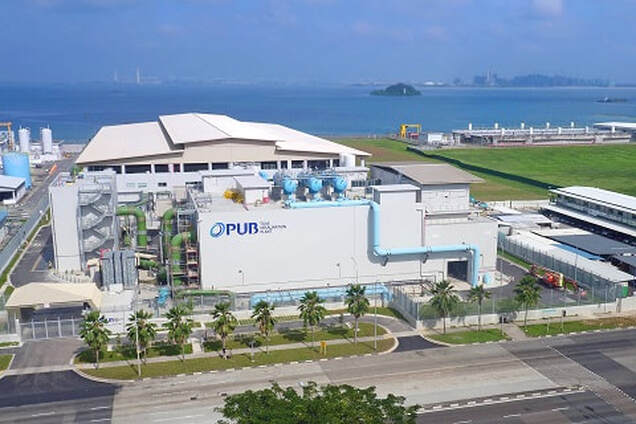
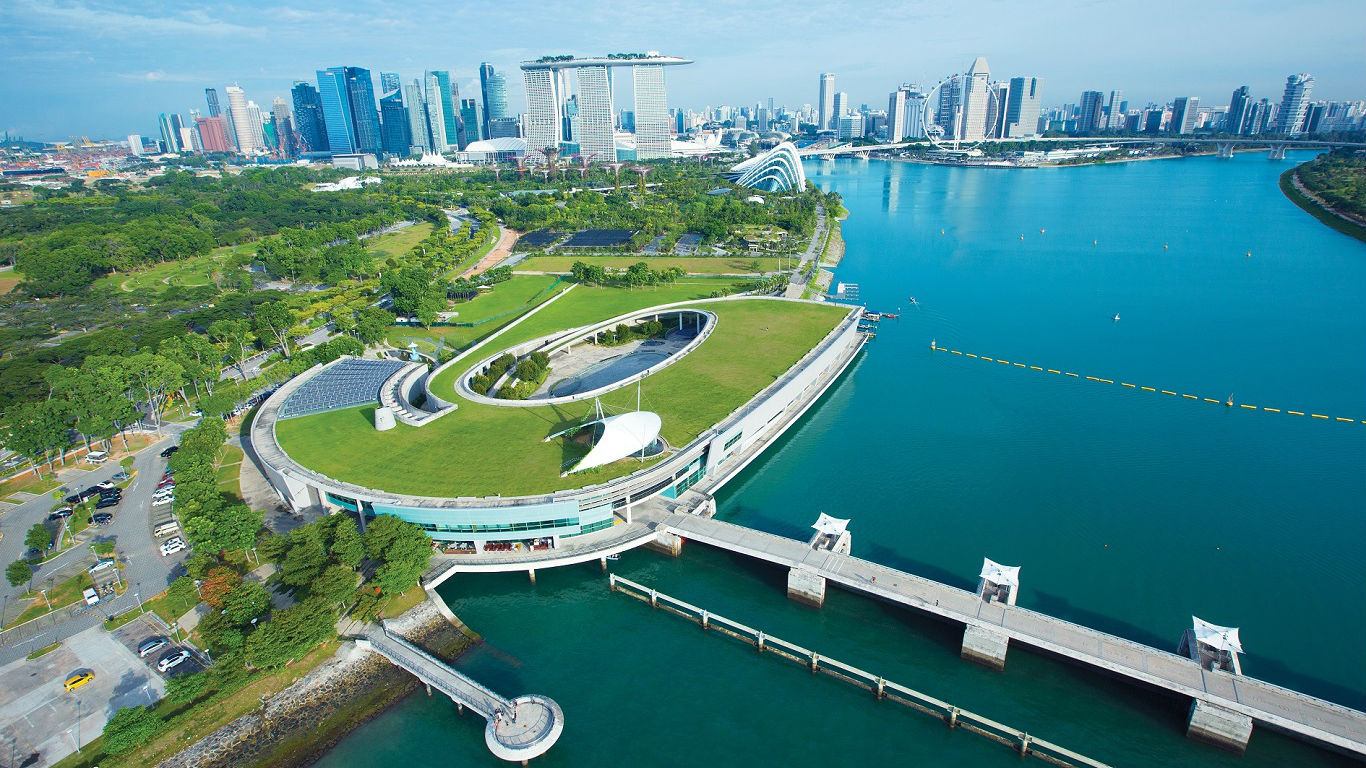

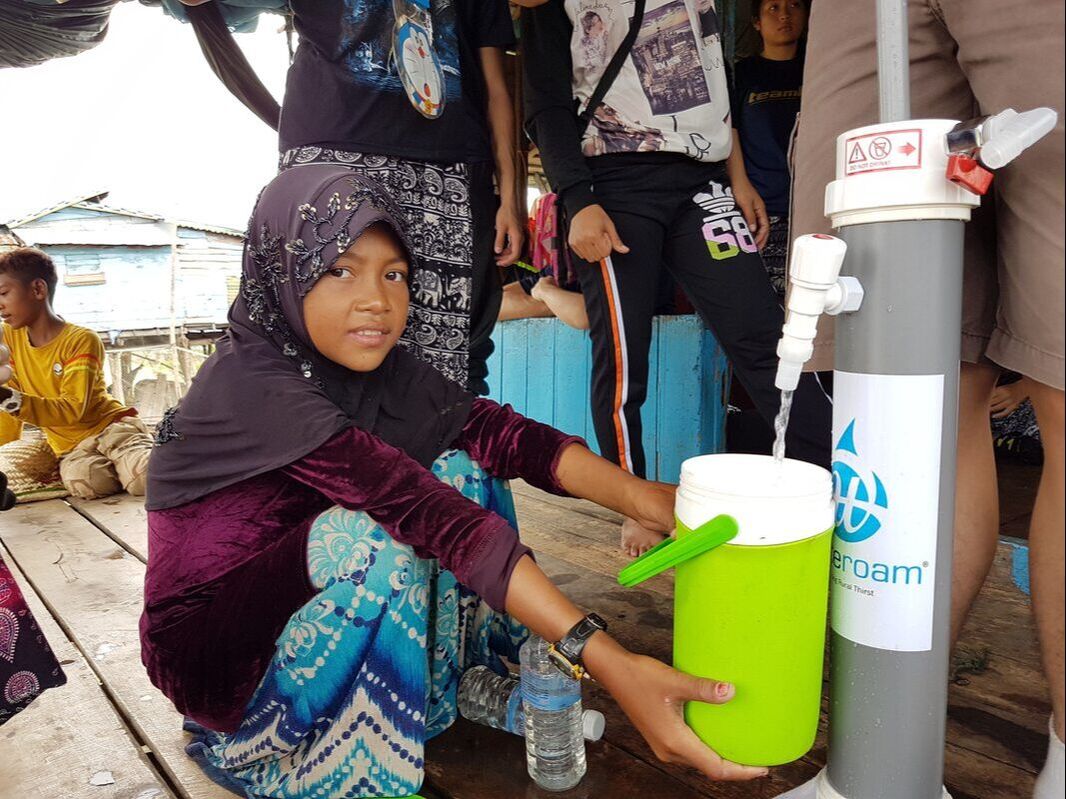
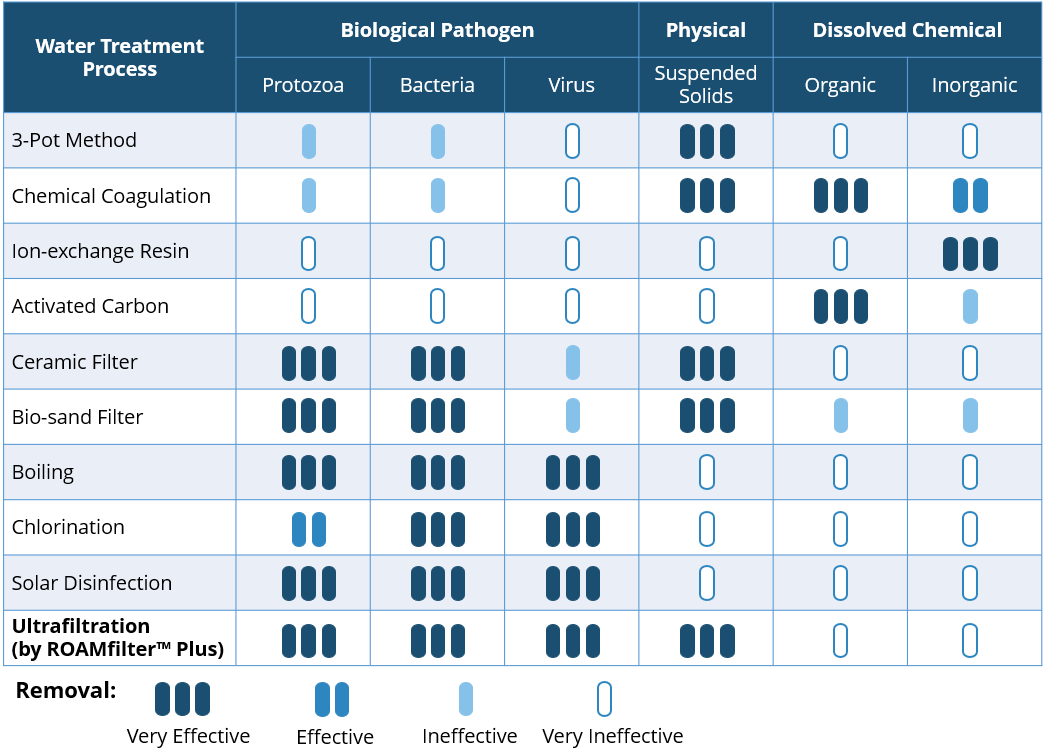
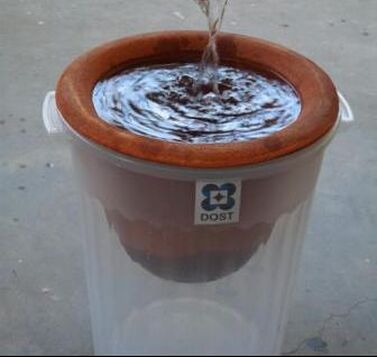
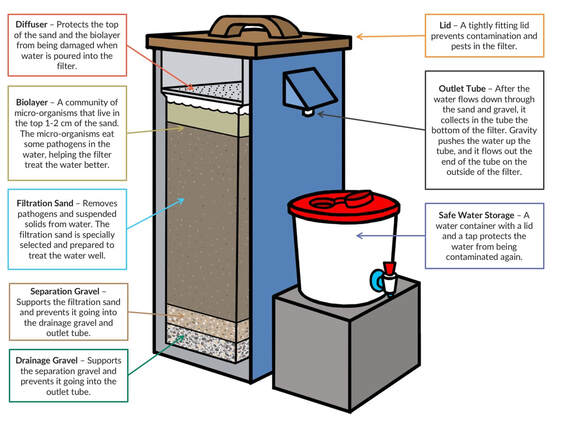
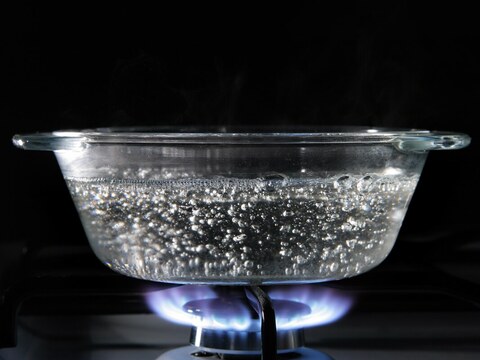
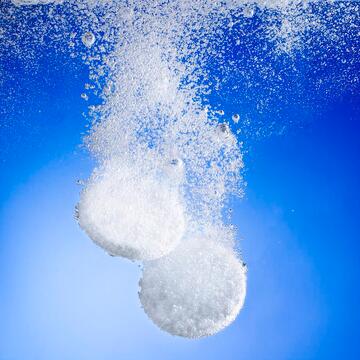
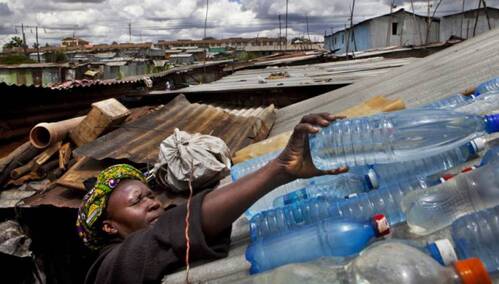

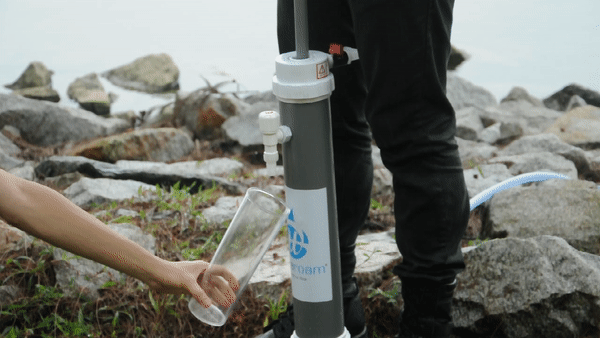
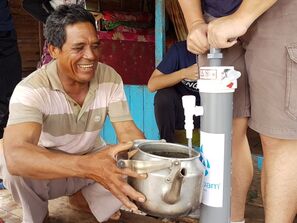
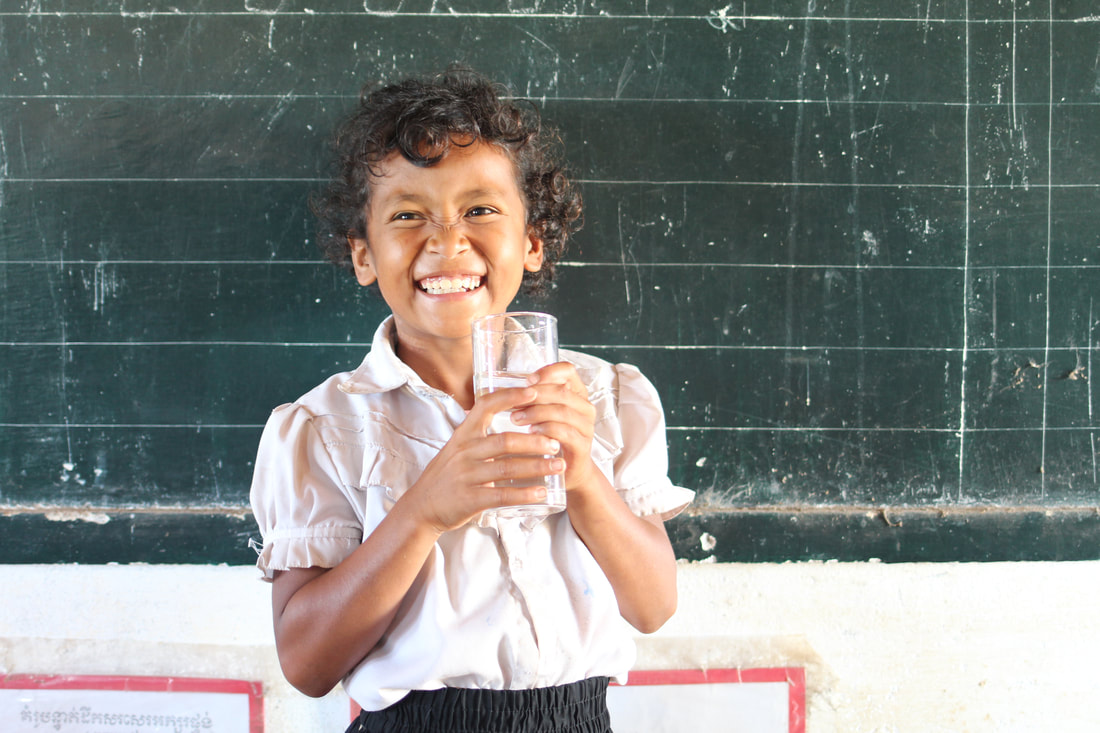
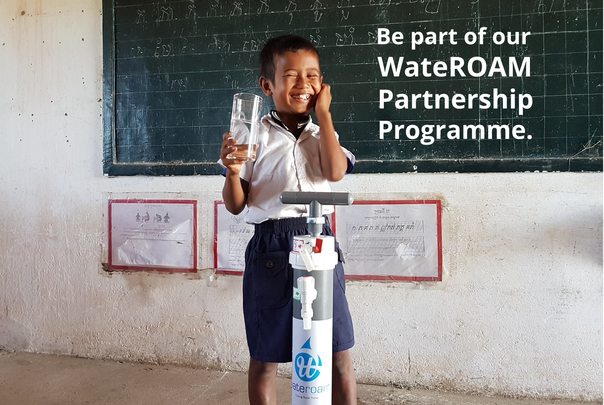
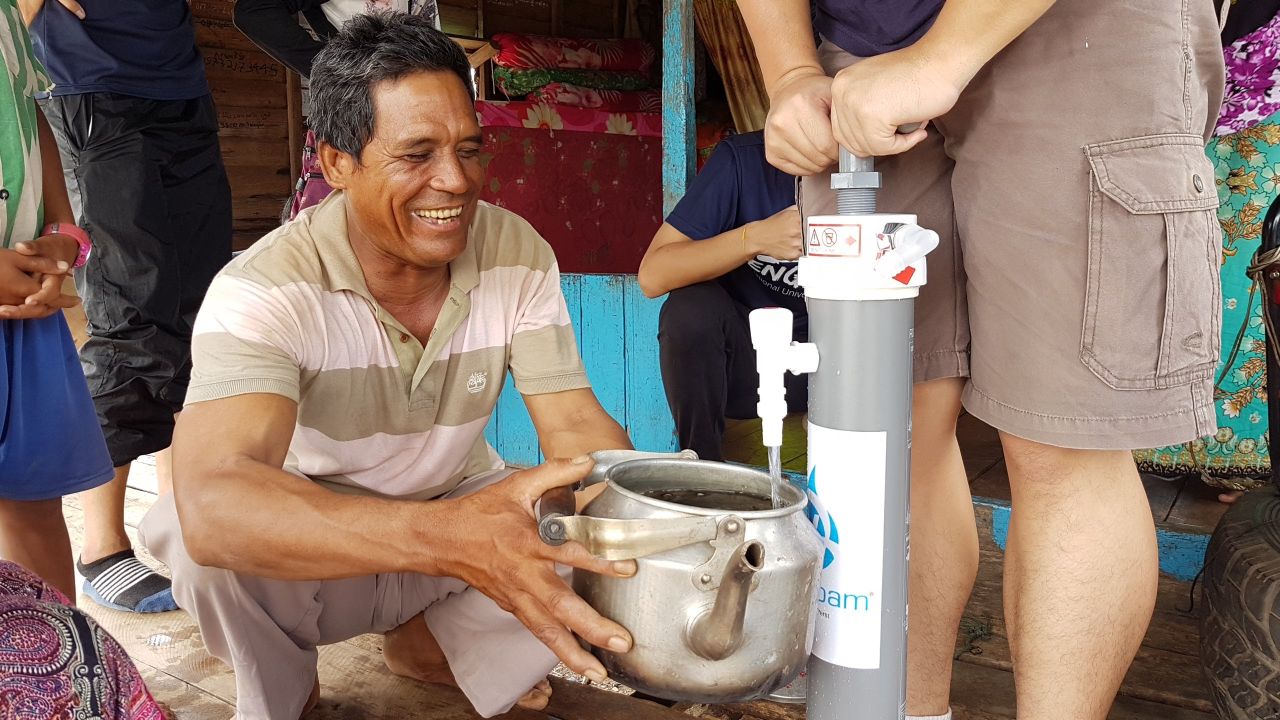
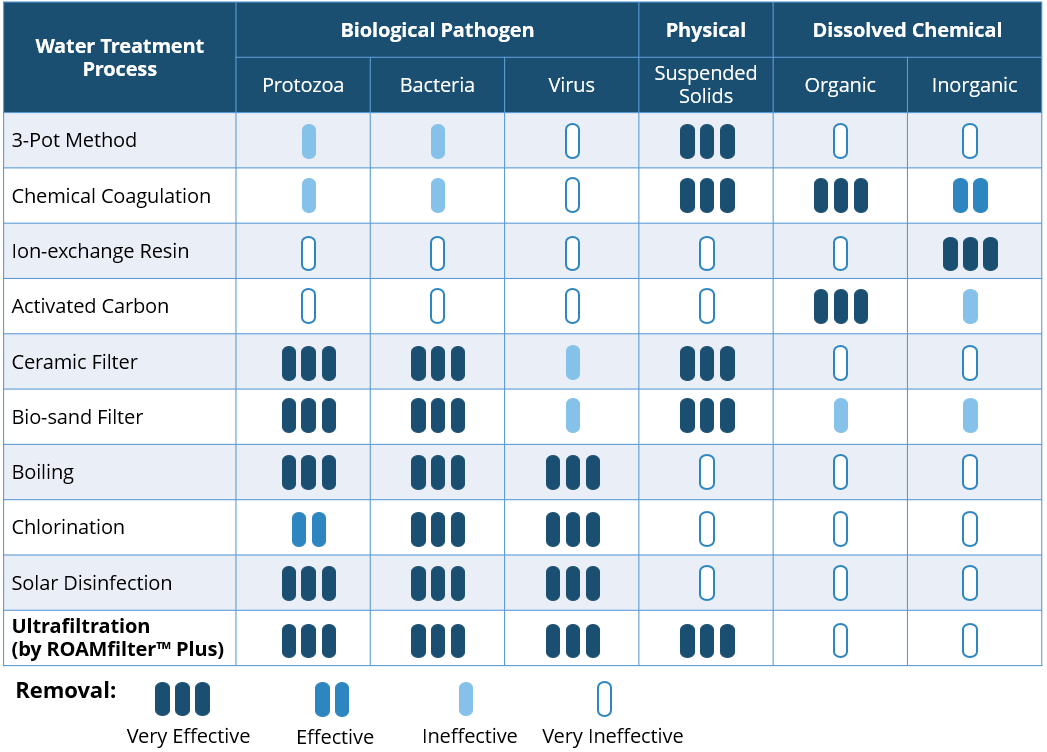
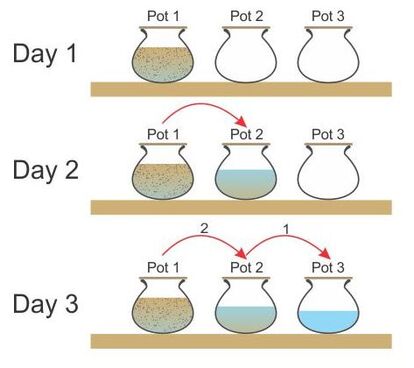
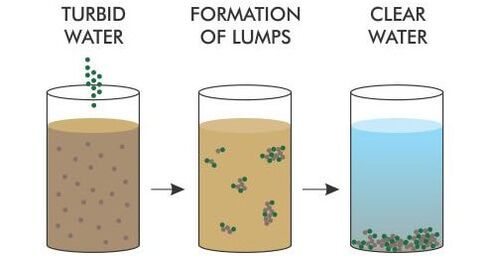
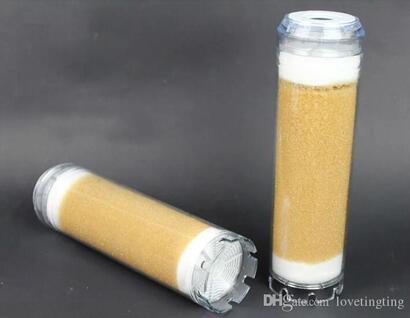
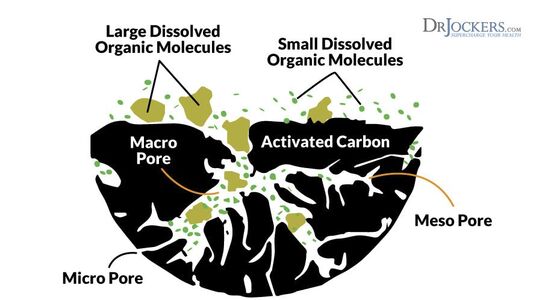
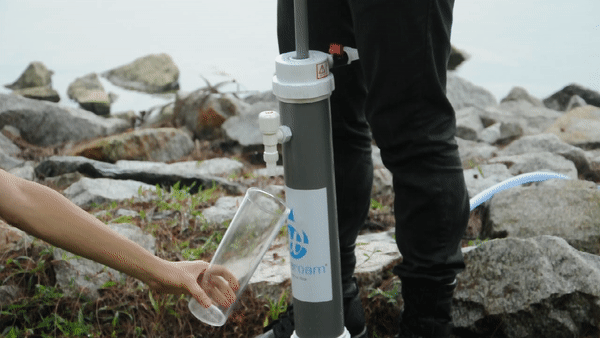
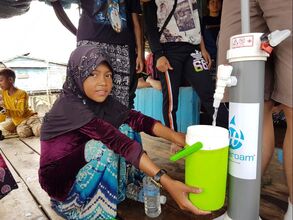
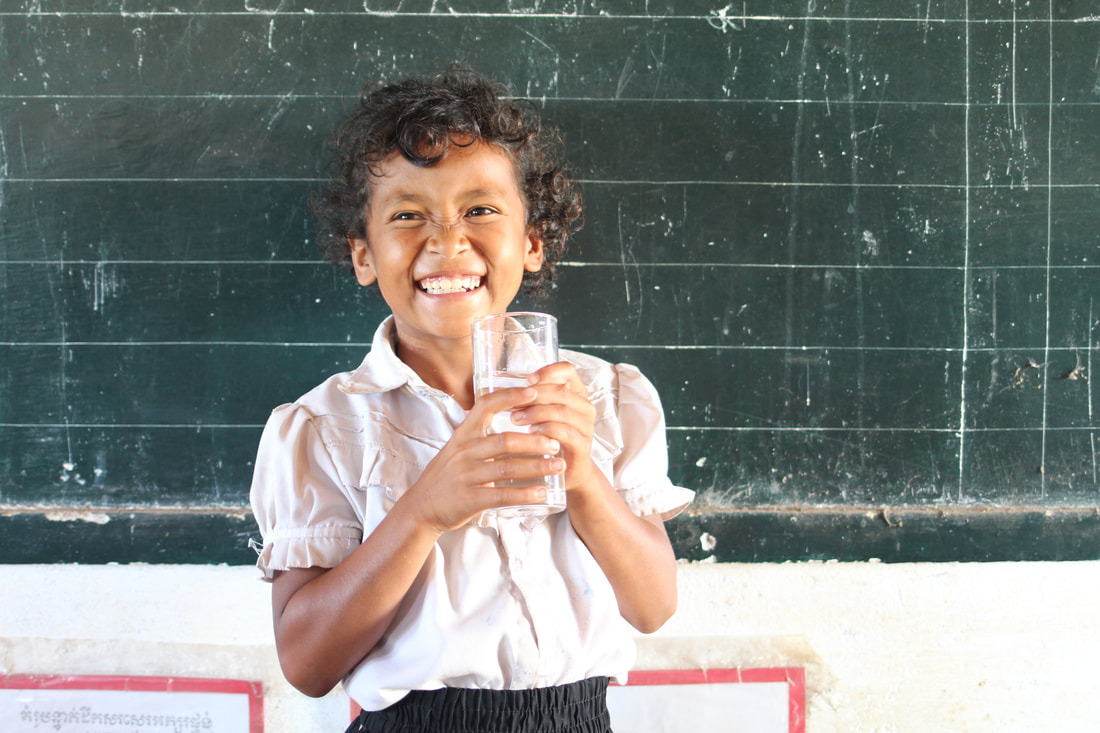
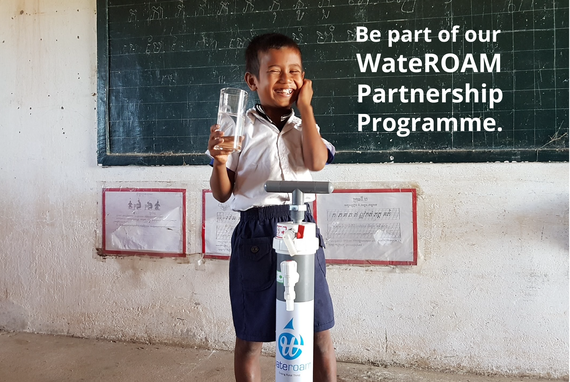
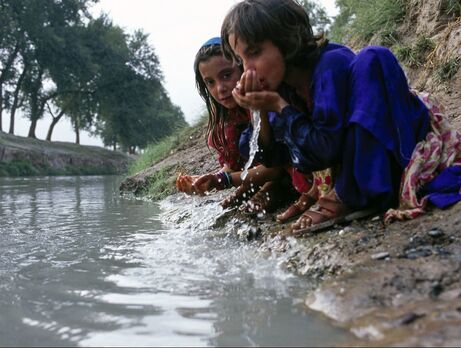
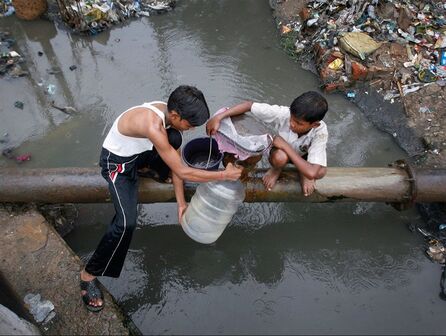
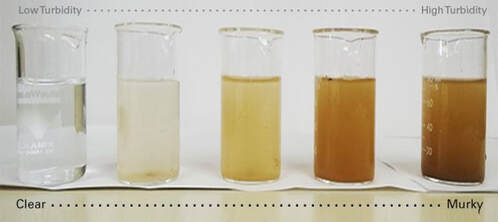
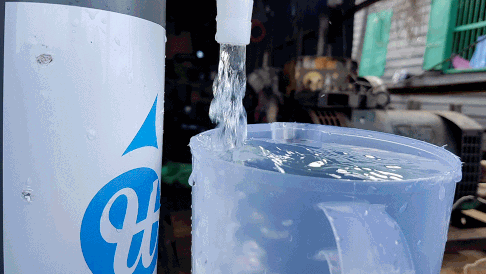
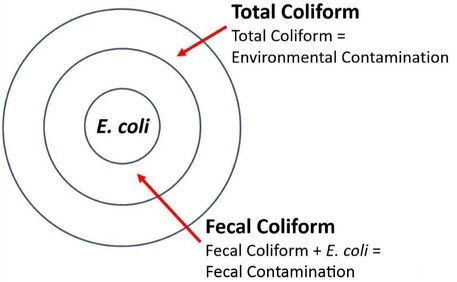
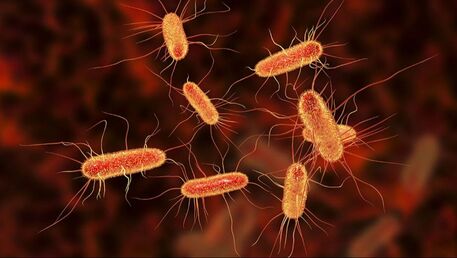
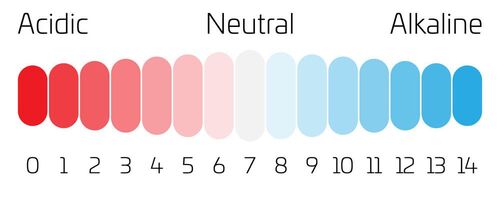
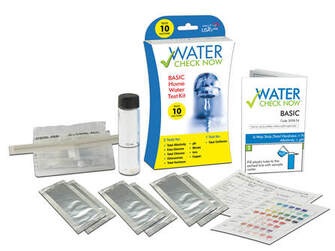

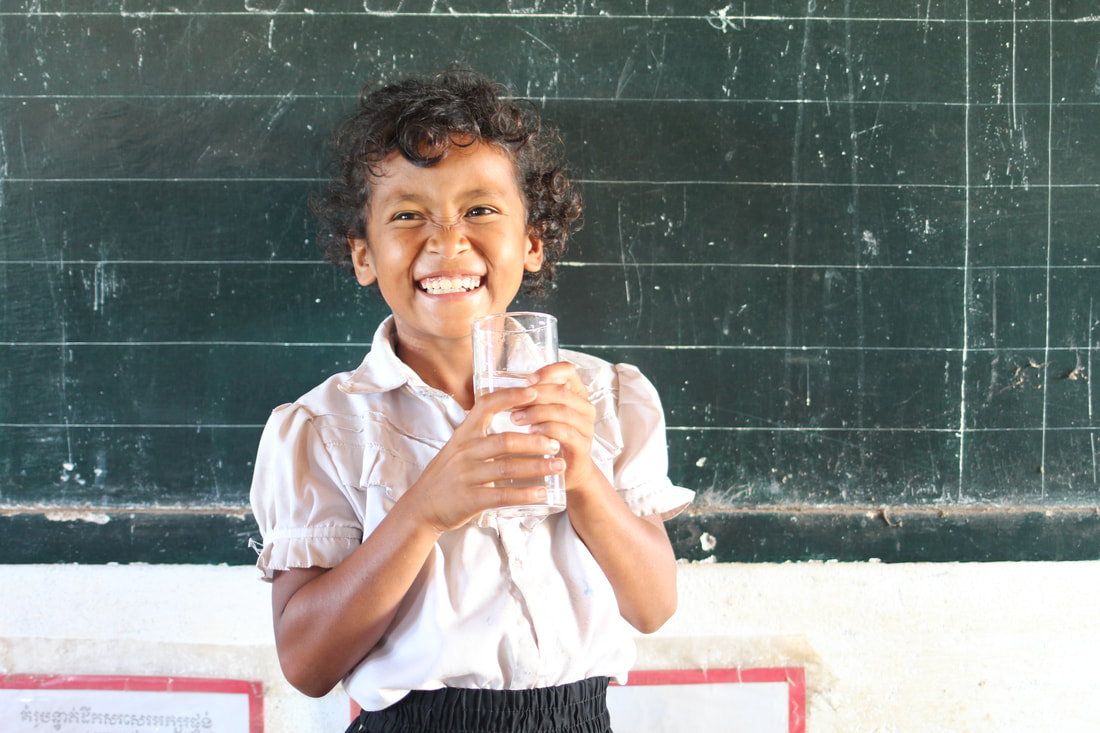
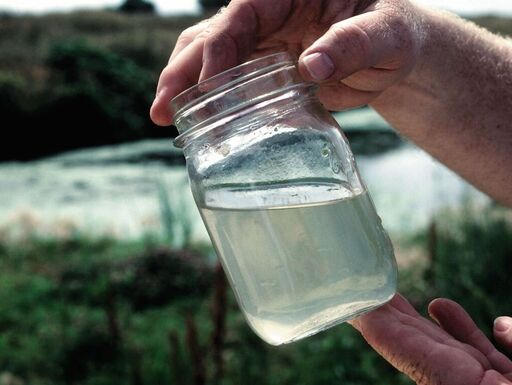
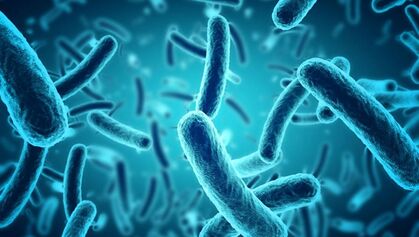
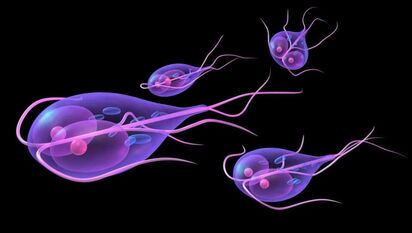
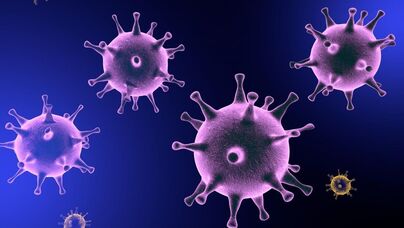
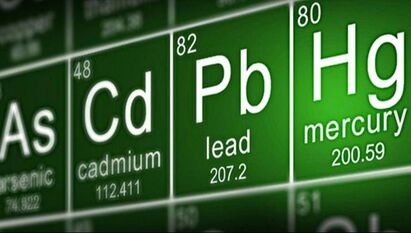
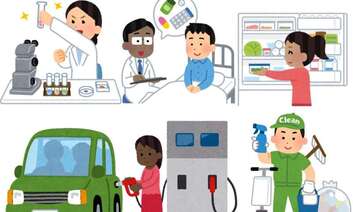

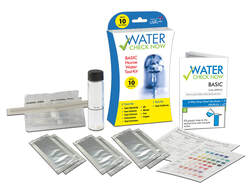
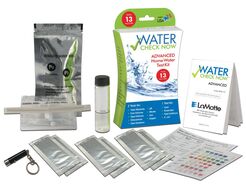
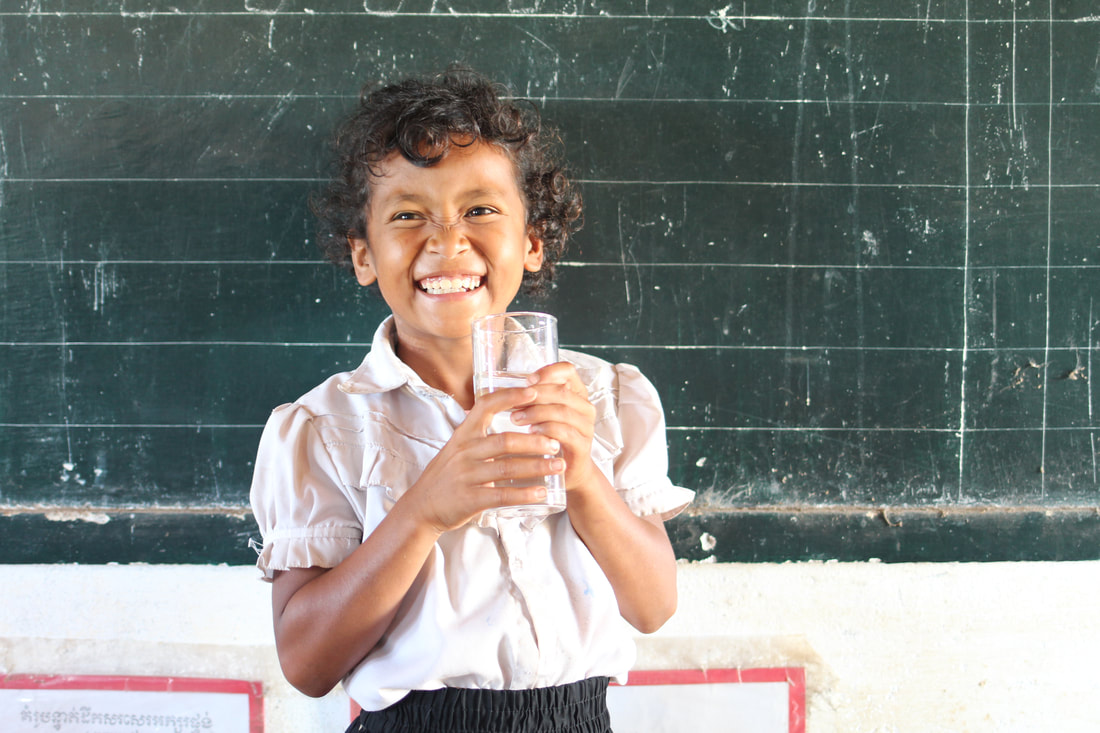
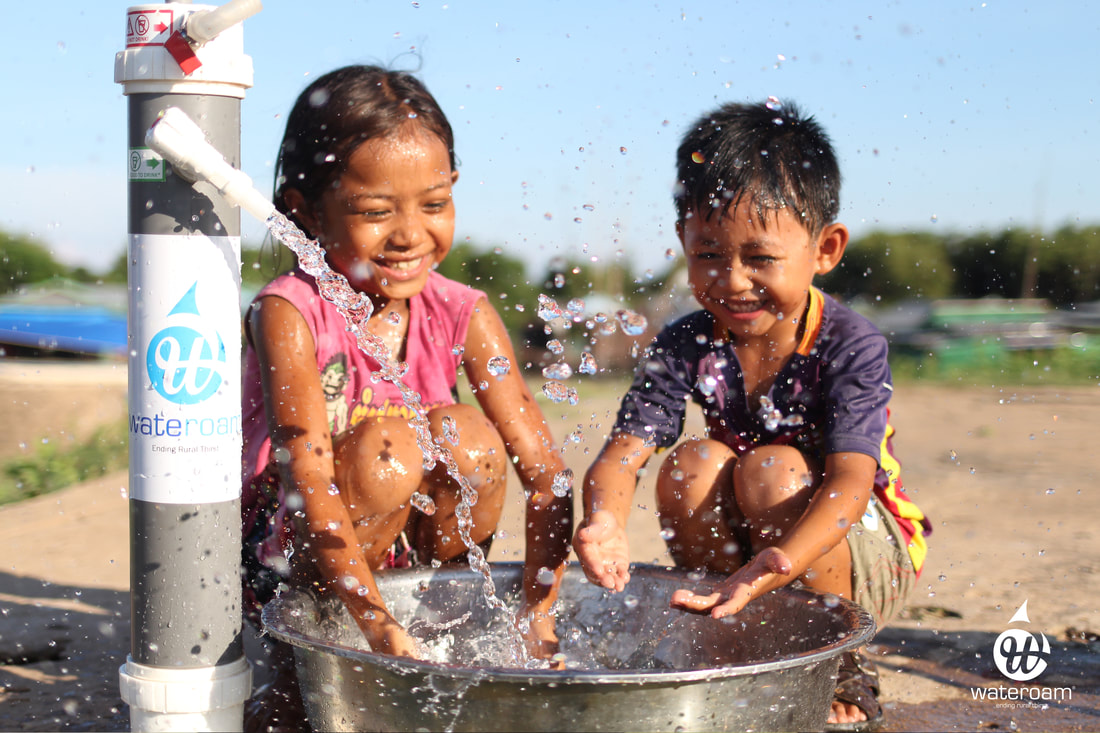
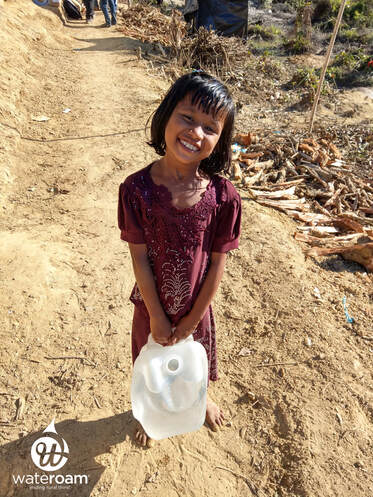
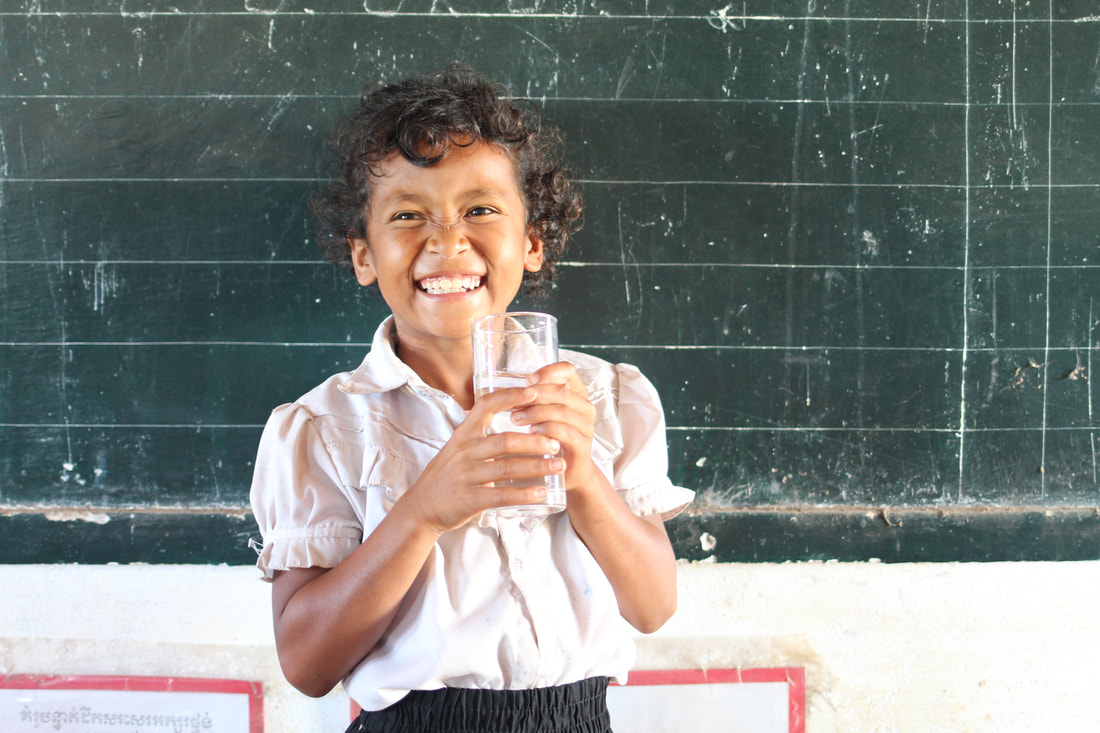
.jpg)